Aka ‘the hot chinese warriors’
Behold the Face Sweat!
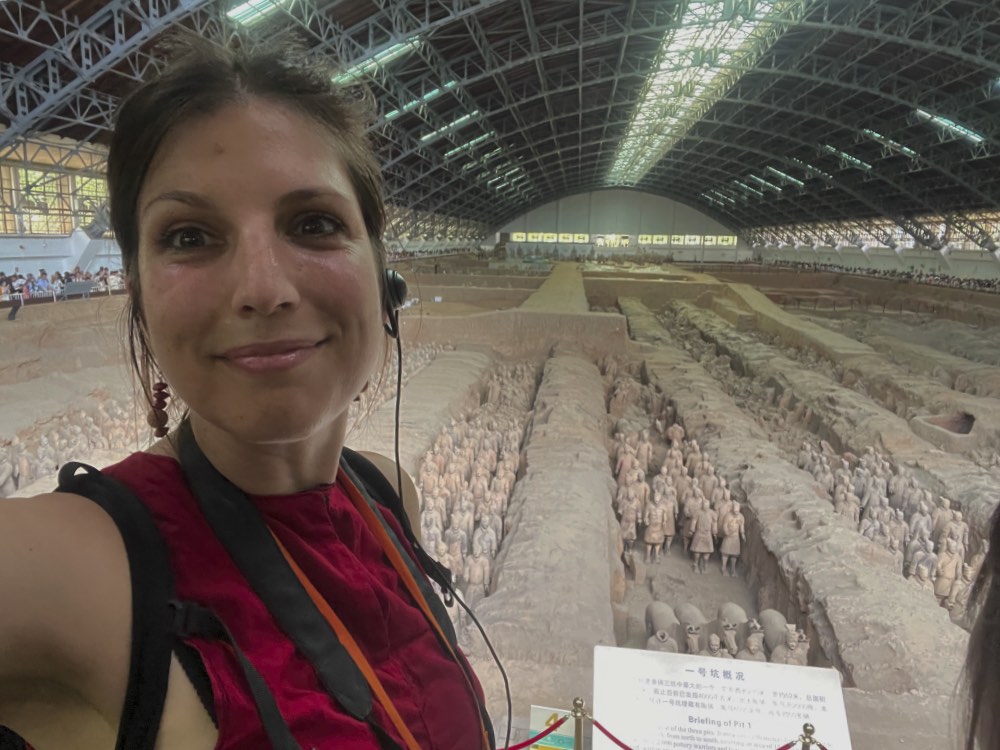
When my work sent me to the middle of China, their original plan was to send me back to Shanghai by plane.
Instead, I asked to take the train. Which allowed me to make a short stop in Xi’an.
I arrived in the city late in the evening, and woke up early the next day- ready for a full day of site seeing. The terracotta army, aka Emperor Qinshihuang’s Mausoleum Site Museum, is some way out of the city, so I booked a small group tour to see that, the City Walls, the Pagoda, and the Muslim Bazaar.
Because my hotel was a bit far out of the city (we booked something right on the northen train station to make my life easy* when I got in late at night), I first had to make my way to the tour group’s hotel.
*As a note, the hotel I had stayed at was NOT easy to find. Part of this was because the names in China don’t always align super well with what you might see in the English booking. I first tried to walk the distance- mostly because there was a queue about 2084038 people long to get an uber out of the very busy train station. I then gave up (it was hot, I was tired), and grabbed an uber, which dropped me off near the hotel only I couldn’t find it. I actually tried to check into the wrong hotel, and when they couldn’t find my booking they kindly ushered me around the corner to my actual destination (which had a different name from what I’d expected).
The main thing I learnt from China was ‘you will get lost, but the people are insanely helpful’.
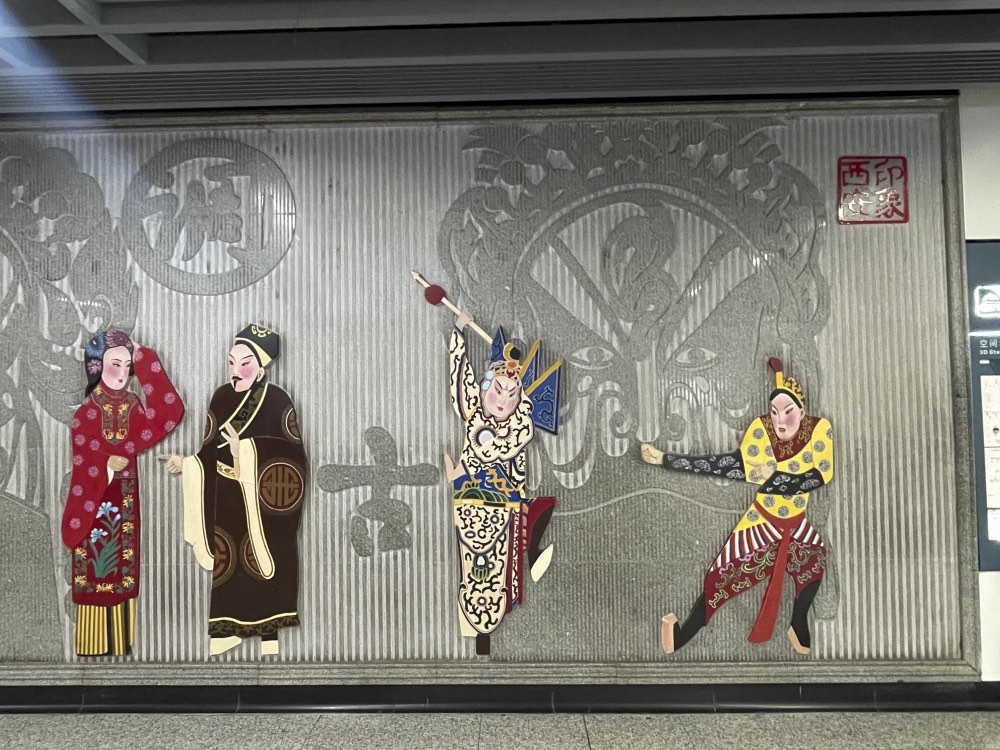
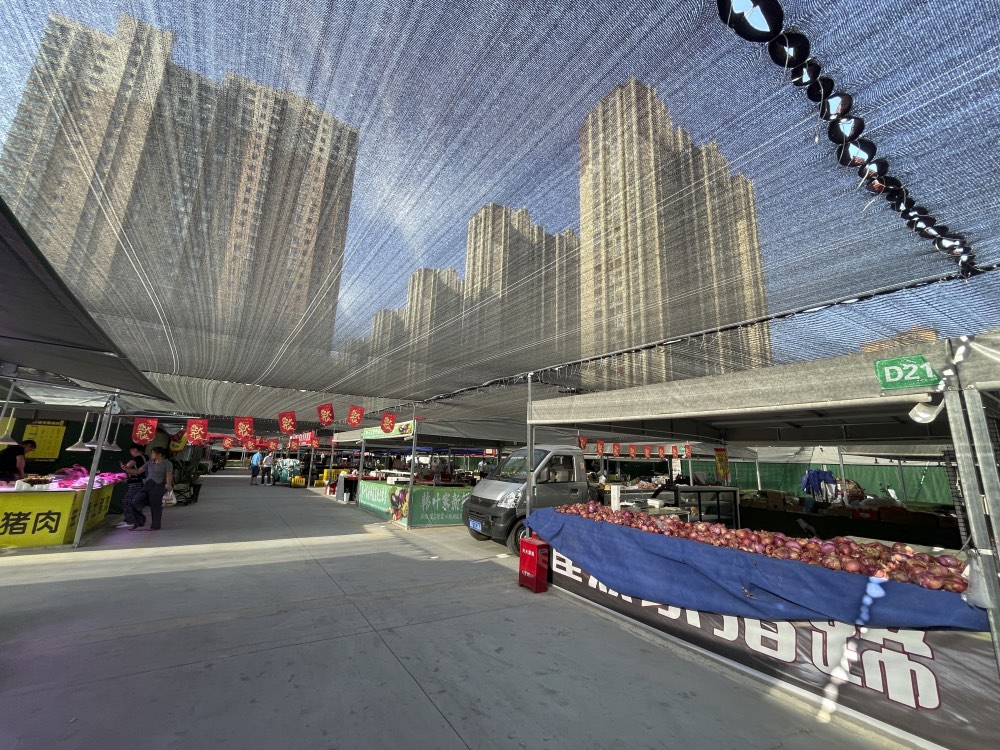
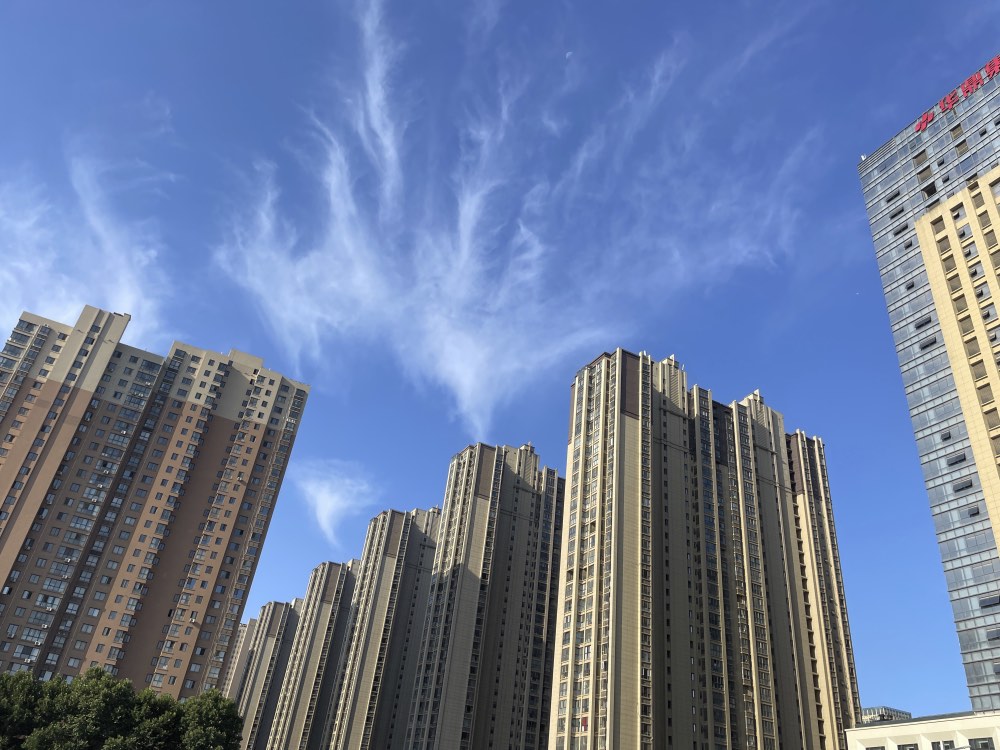
It sholud have been easy- a short walk and a trip in the underground.
But I couldn’t find the entrance to the train.
I saw an old man and asked him about the station- which basically involved me saying the name of the station and looking lost (a face I perfected during my stay).
He mimed back very clearly that the name I had said was actually all around us. (e.g., the station name was just the suburb name think ‘Armadale’).
I shuffled my arms up and down in what was actually a convincing train sign.
He laughed, and pointed me towards the entrance.
When in doubt, mime a train.
Toot Toot witches.
Here we go:
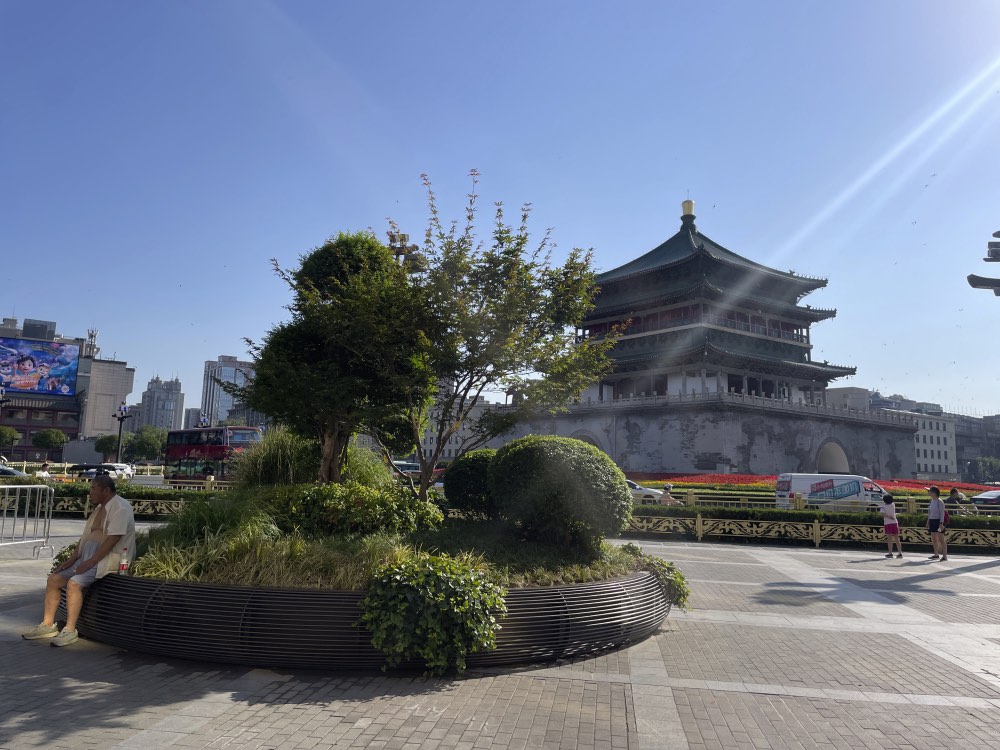
Our meeting point was nearby the Xi’an Bell Tower- a 700 year old, 40 m high structure right in the centre of the city.
It turned out that the tour for the day was me, the guide, and a family from South America with three kids. We all piled into our minivan, then all piled out again near the city wall, piled ourselved into a line, and eventually made it through.
KEY ADVICE: For goodness sakes take a hat or small umbrella to China if you go in the hot months. I did not, and chose to only buy one on one of my last days. This was objectively stupid.
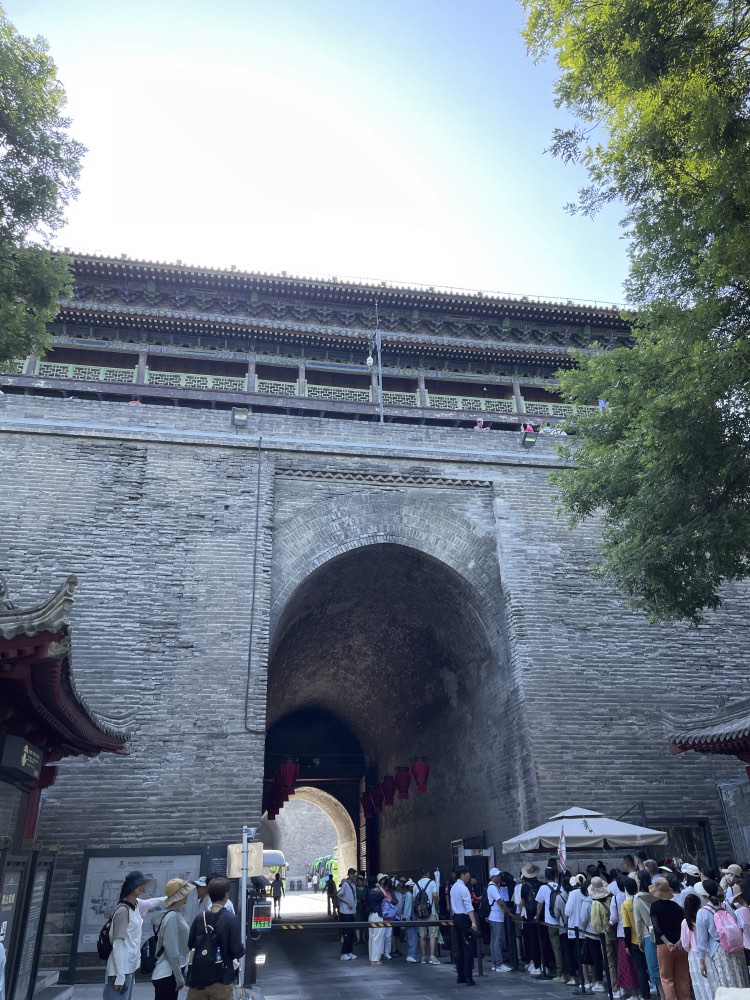
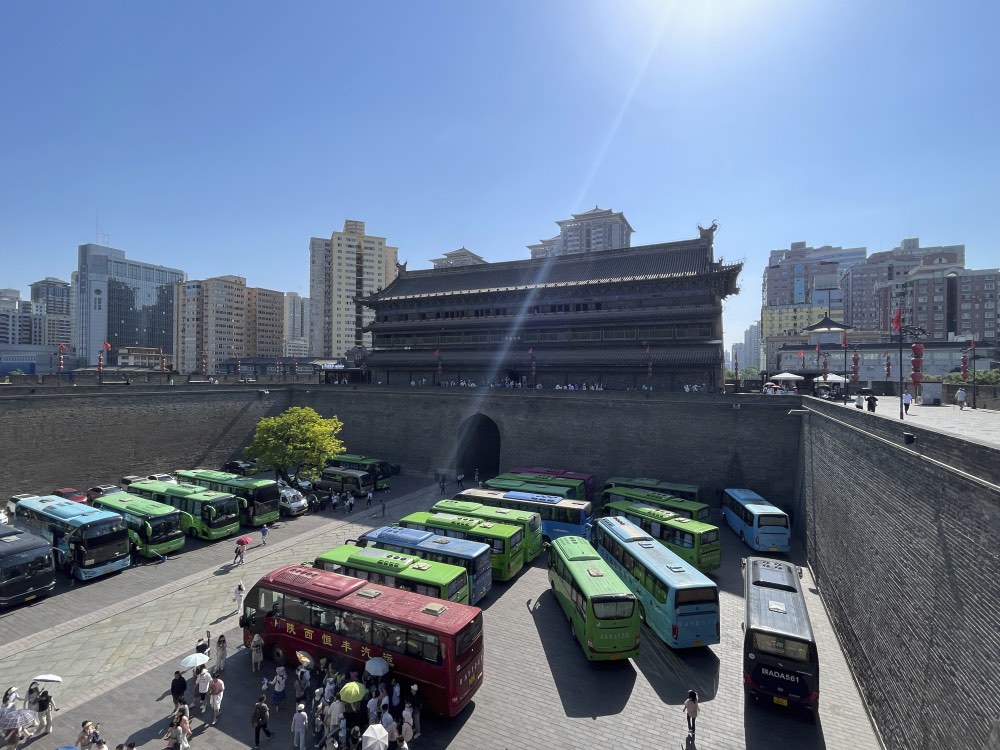
Our first official tour stop was the City Wall of Xi’an, built in the 14th century in the Ming Dynasty, as the fortification of the city.
The wall itself is 14km long, with a Commander tower on the top of the wall, and ramparts spaced 120m apart along the wall, corresponding with the soldiers’ ability to shoot arrows about 60 m.
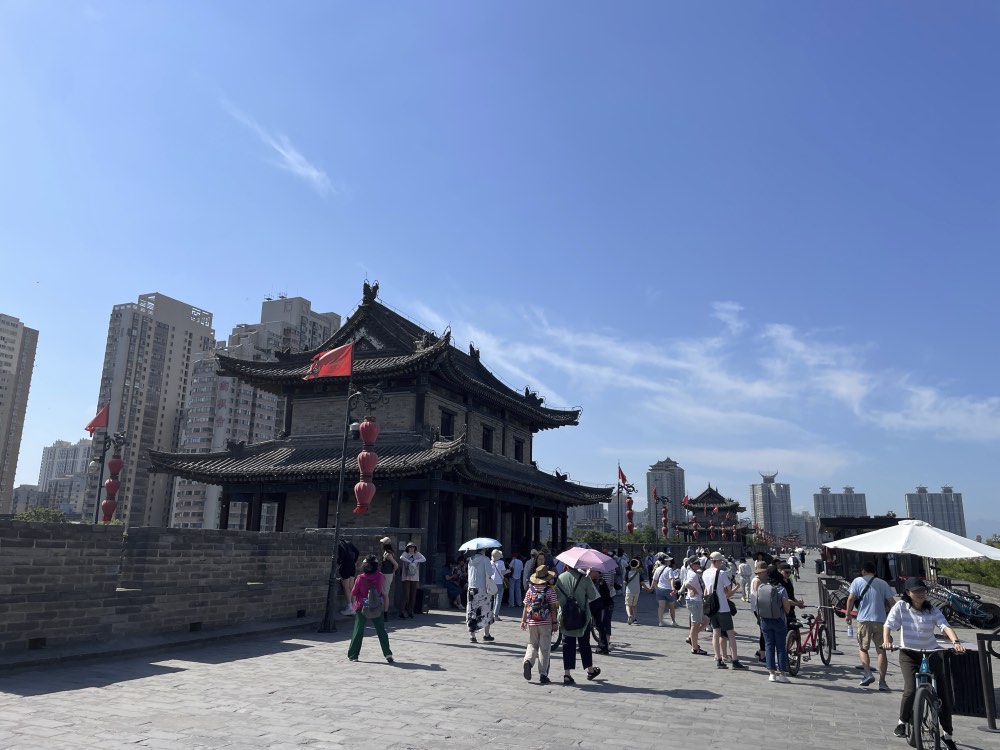
Inside the wall it’s still not legal to build tall modern buildings, so there’s still a bit of division between the old city and the new.
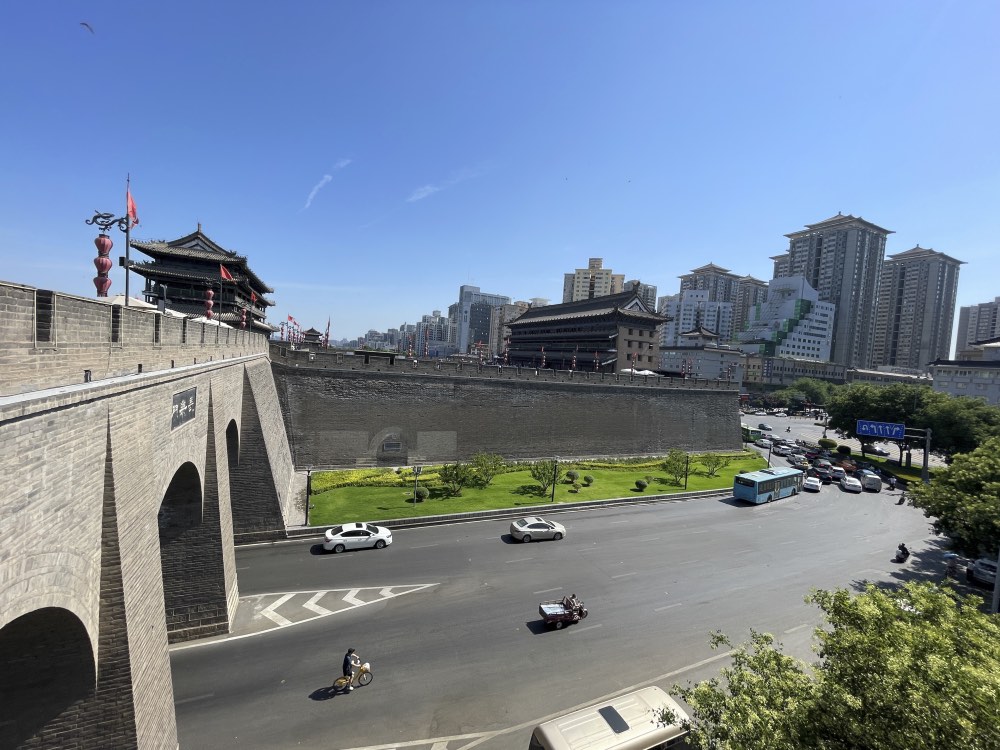
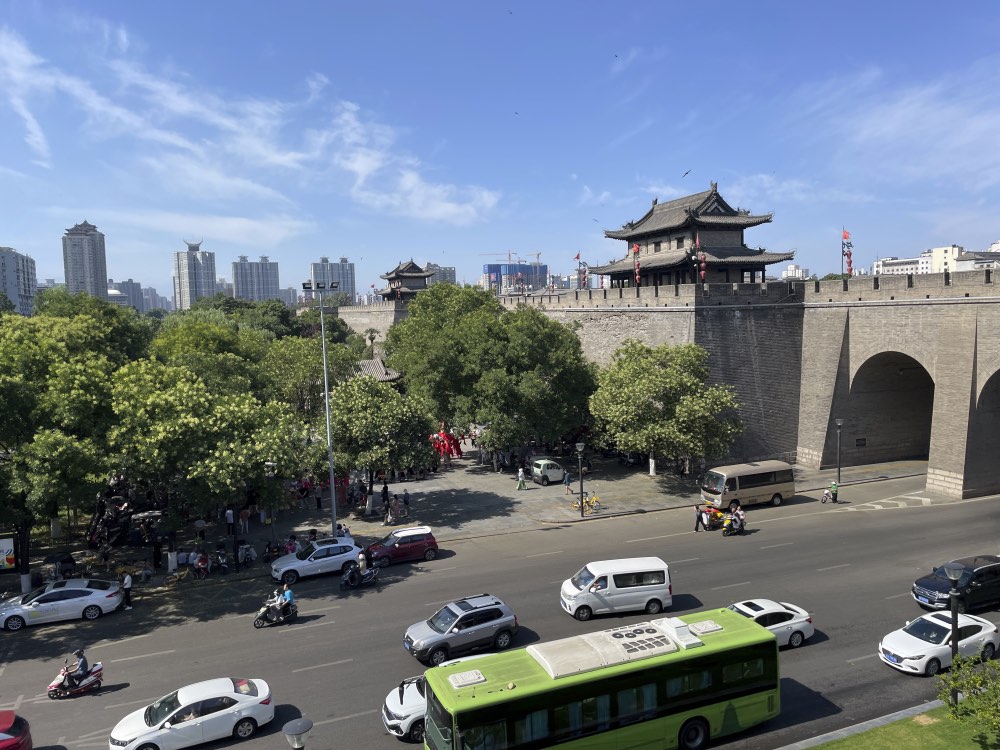

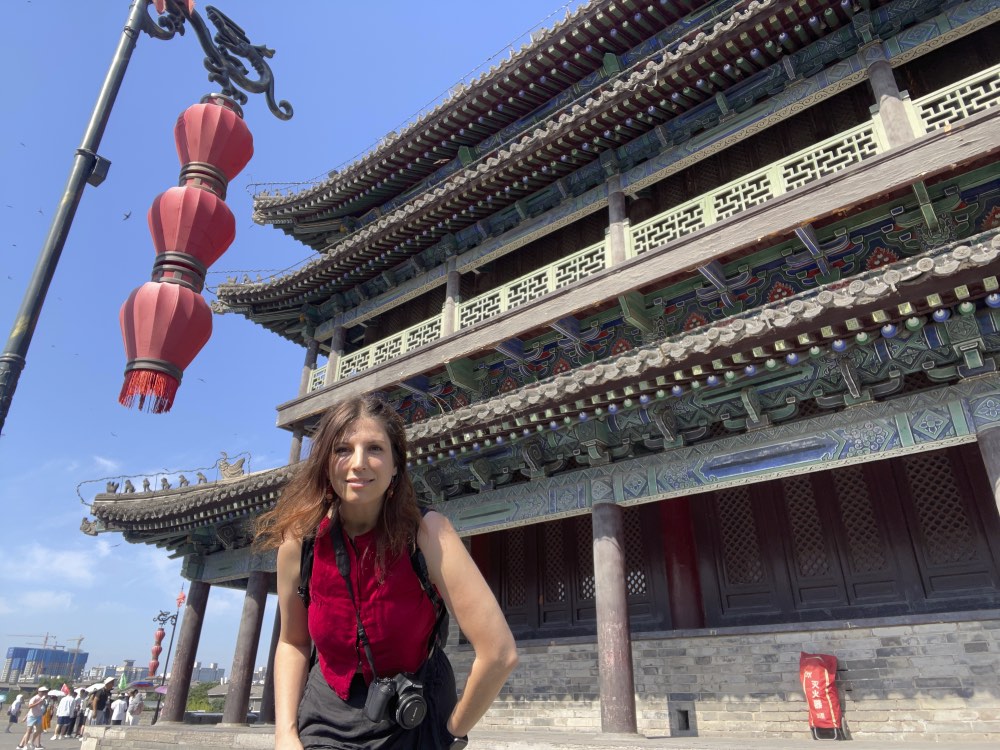
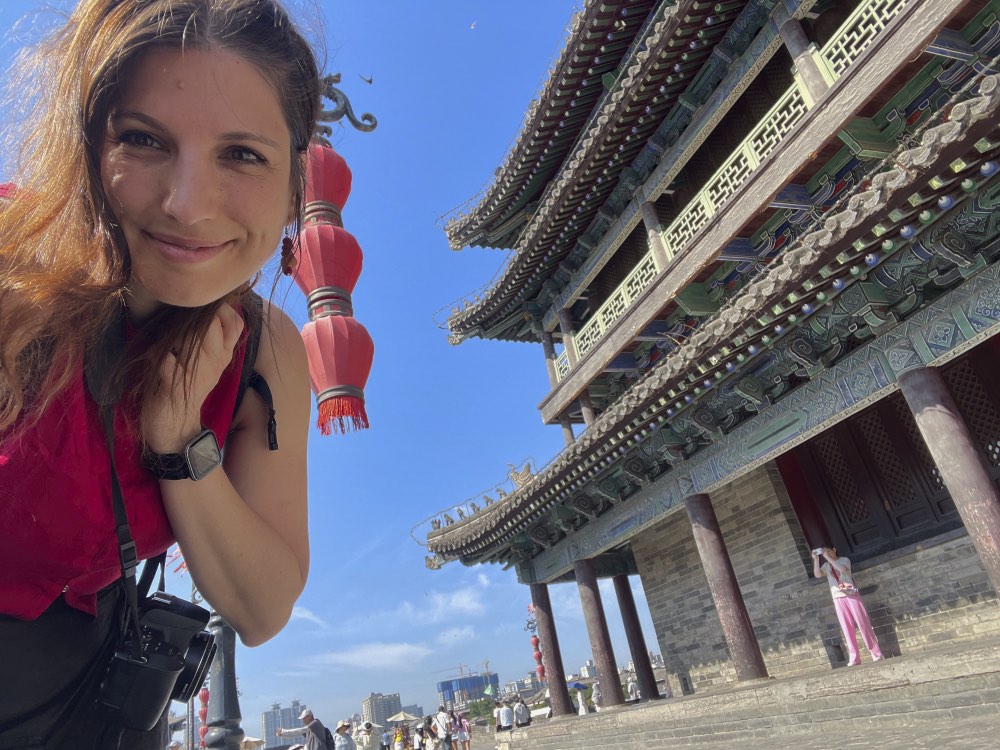
The guide gave us a brief introduction to the wall, and then sent us off on some freetime to explore. I went first to the museum, which had some interesting wall-weapons, and a slightly odd display about famous walls in other parts of the world… but was also mostly just a shop.

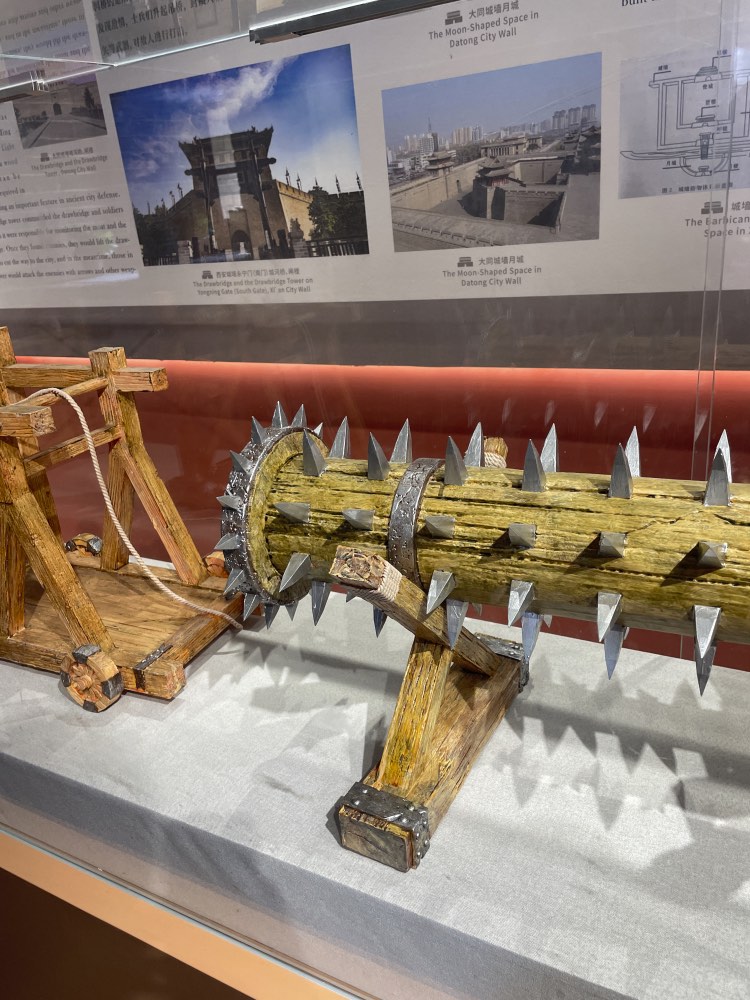

So I spent some time just walking around, looking at the tourists, chatting with a nice tour guide who was telling me that Australia had opened up its tourism (this was big news when I was there, and got told to me a couple of times), and buying a couple of trinkets (a little gold reticulated dragon and a whistle).
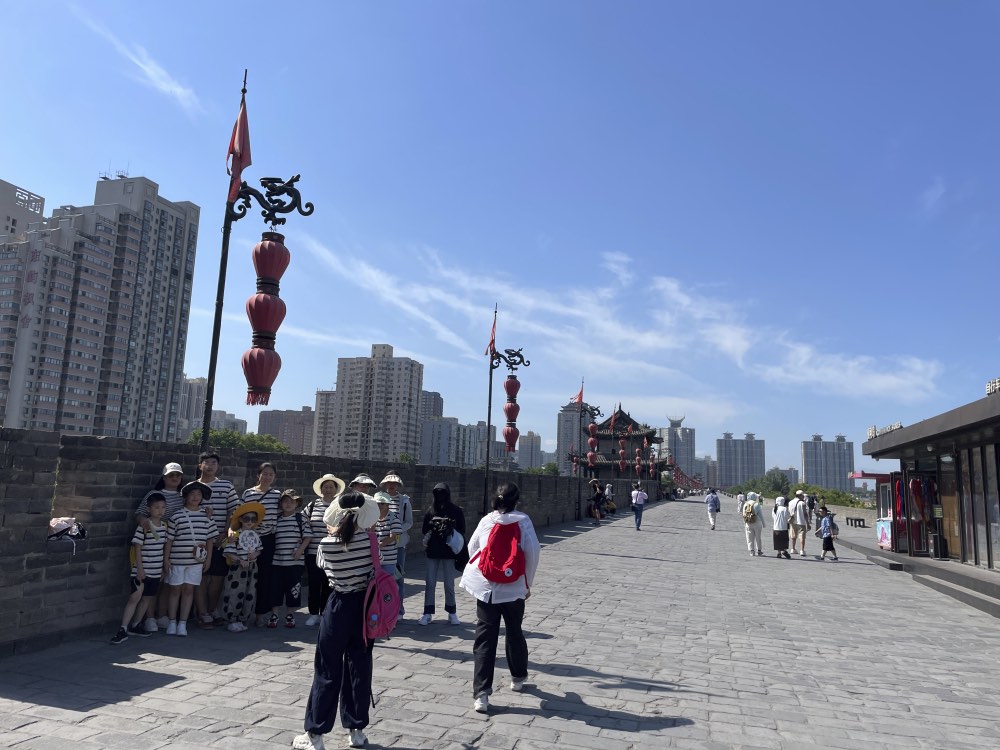
One of the major ‘wall activities’ is bike riding, but I choose to do less physical activity and more ‘sitting demurely in the shade’.
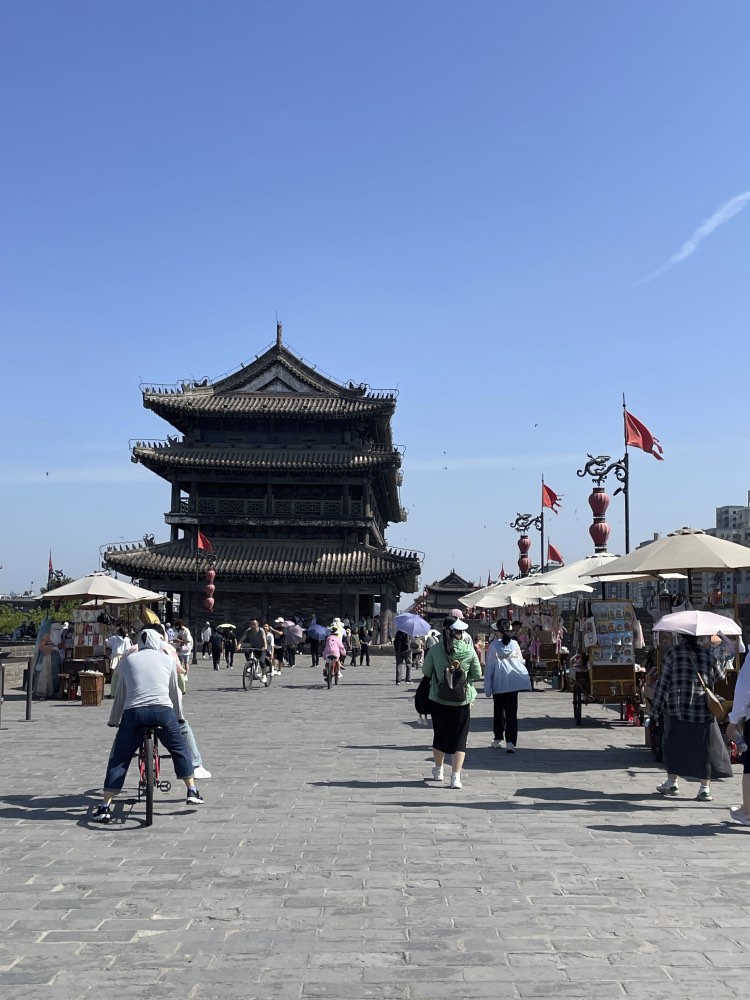
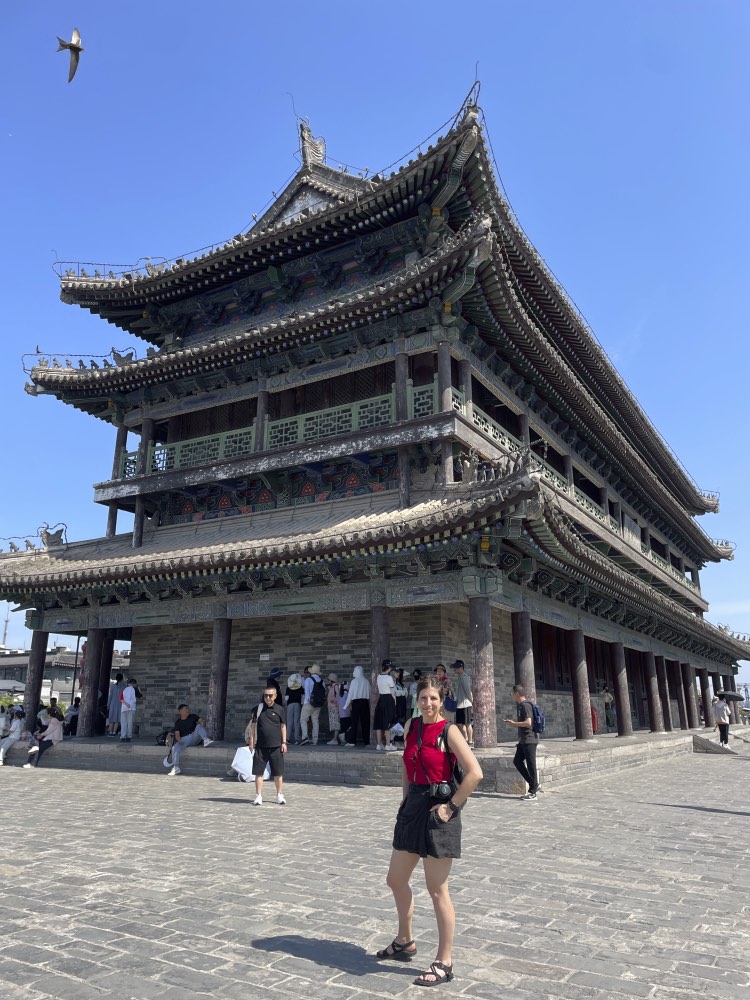
Onwards!
Our next stop, on the way to the mausoleum itself, was a small warehouse where they made statue replicas.
Aka, a shopping trip.
The man at the shop explained how they make the replicas, including (if you want) life sized ones!!, and then left us to roam.
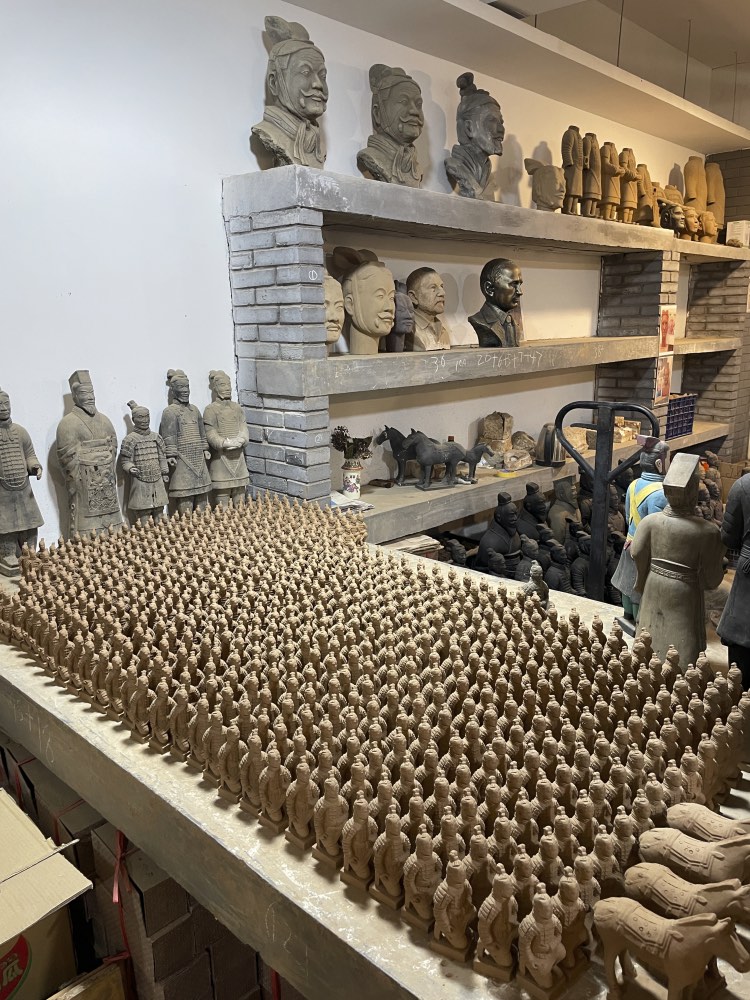


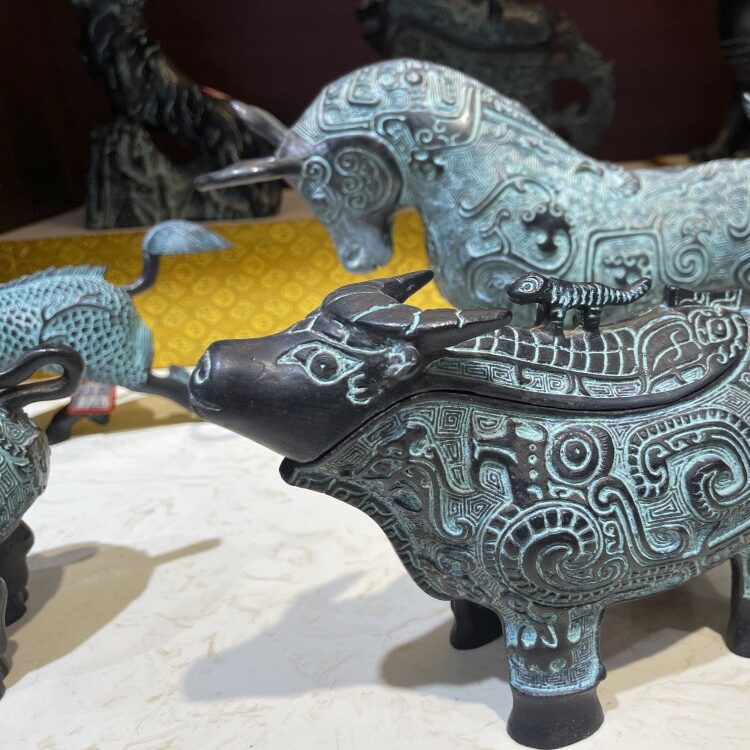
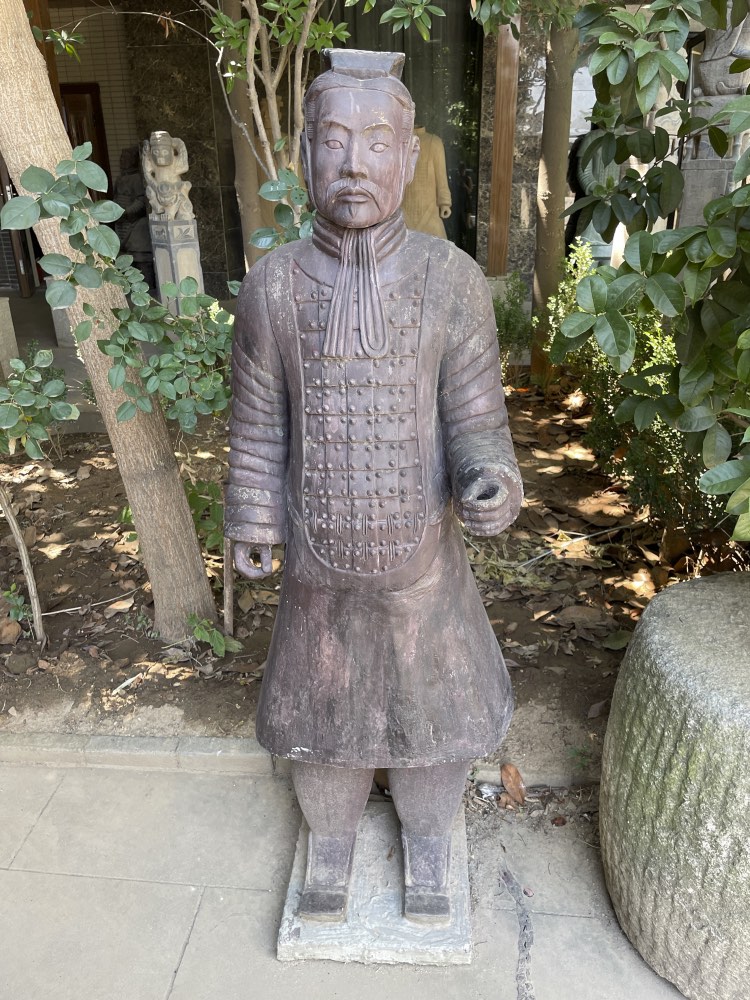
Shopping trips on tours are usually a mandatory feature, and an absolute waste of time- you end up stuck in a random warehouse where products are incredibly overpriced, sometimes with overeager sales people Fortunately, the sales people here left me largely alone. Unfortunatley, the family I was in was really into shopping.
I sat outside, took a mung bean icecream, messaged some friends, and said hallo to the the poor little newt who was in a tub way too small for him.
At one point, I thought they must’ve left without me, but it turns out they were still shopping??!

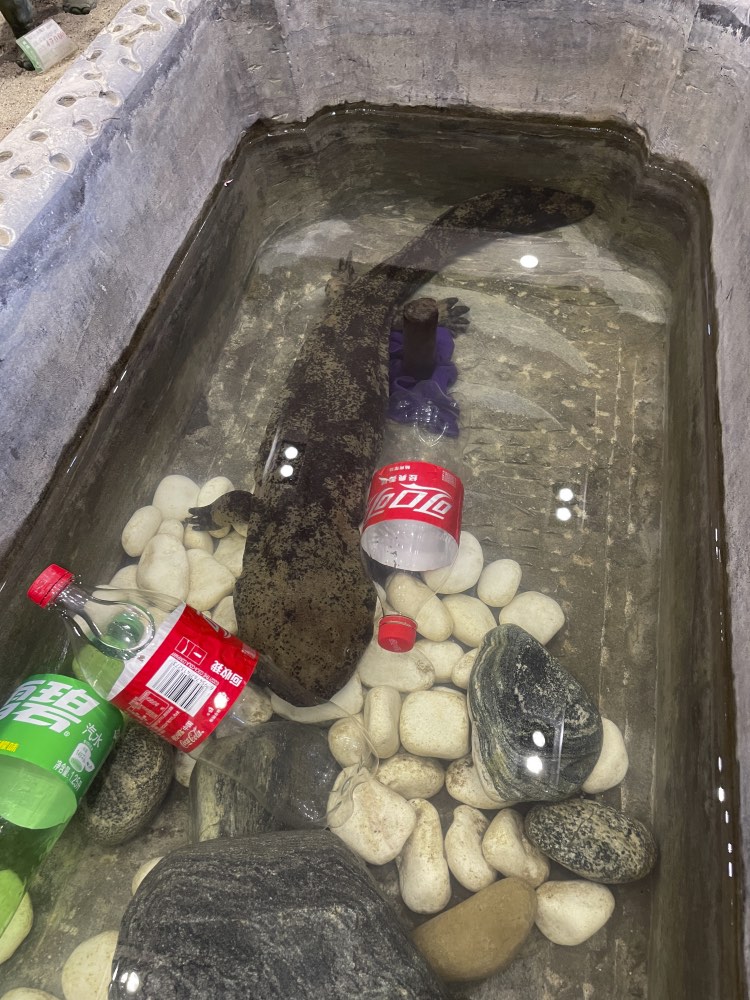
Eventually, we hopped back into the van and headed to the Mausoleum.
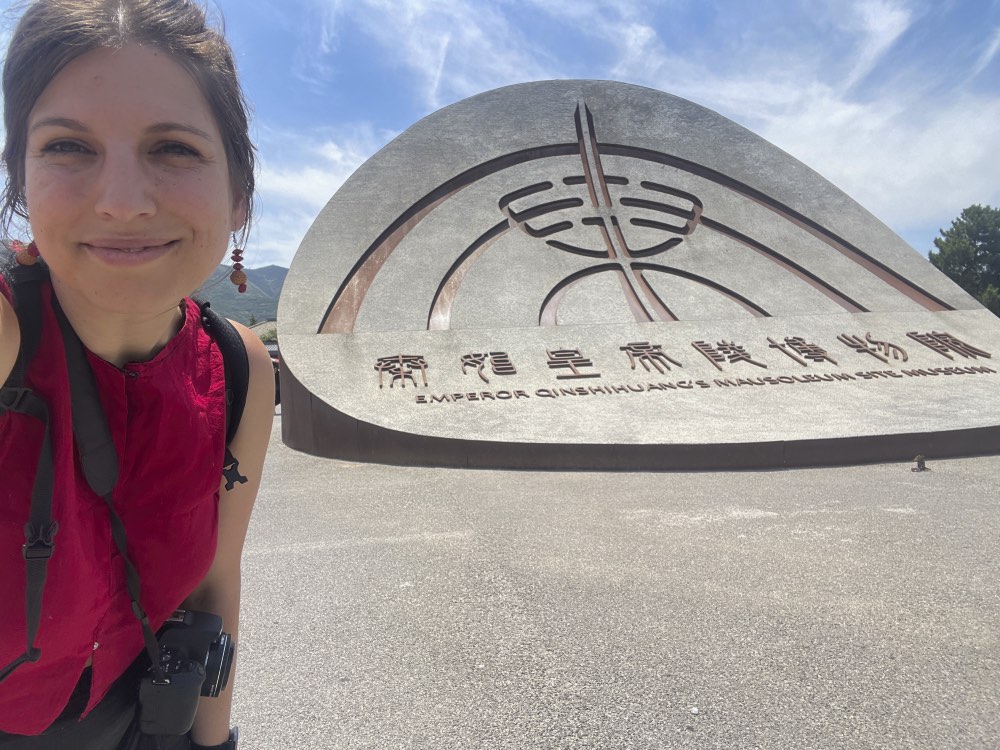
On to the Main Event!
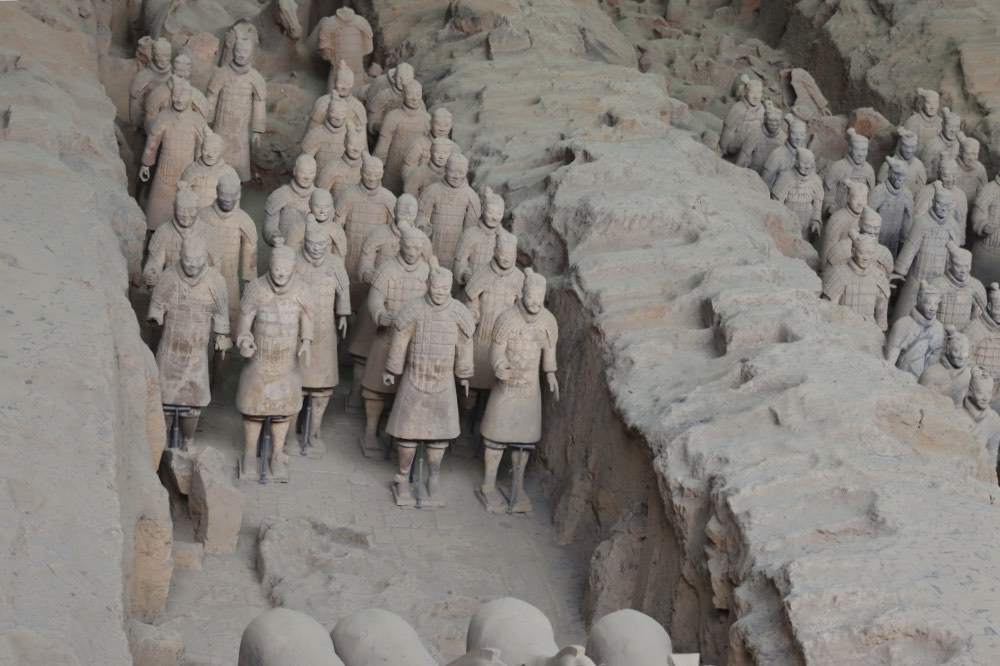
The terracotta army is a collection of nearly 10,000 soldiers, as well as chariots and horses, buried as part of a massive funeral structure for the first emperor of China, Qin Shi Huang.
They date from his death, aroun 210-209 BCE, and were discovered only in the 70s by a group of farmers who were digging a well.
You can see the site of the original well on the far right here:
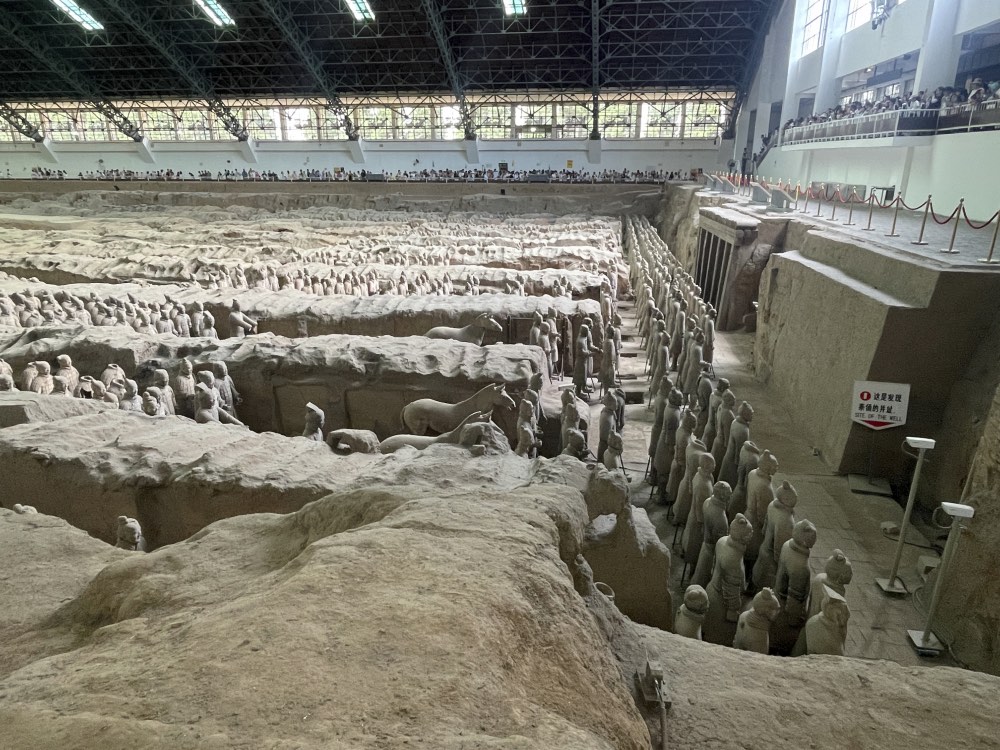
I hope that photo also gives some sense of the insane scale of it all.
The main pit is 230m x 62m, and contains over 3,000 of the figures.
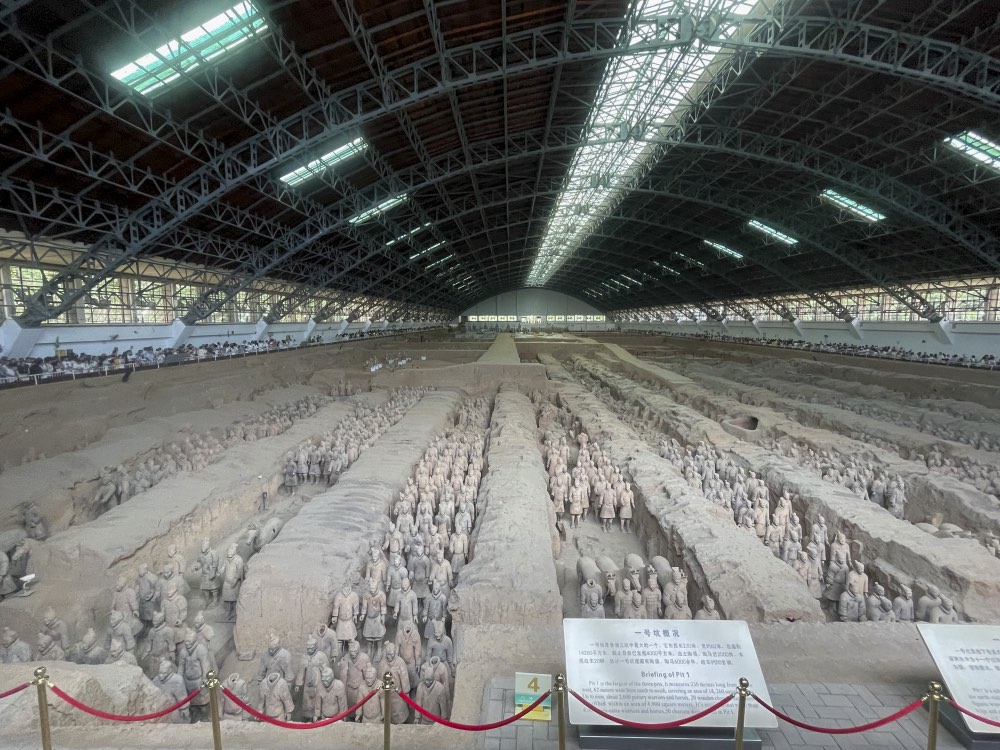
IMMENSE!
If you peer a little closer, you can see the features of the different men….
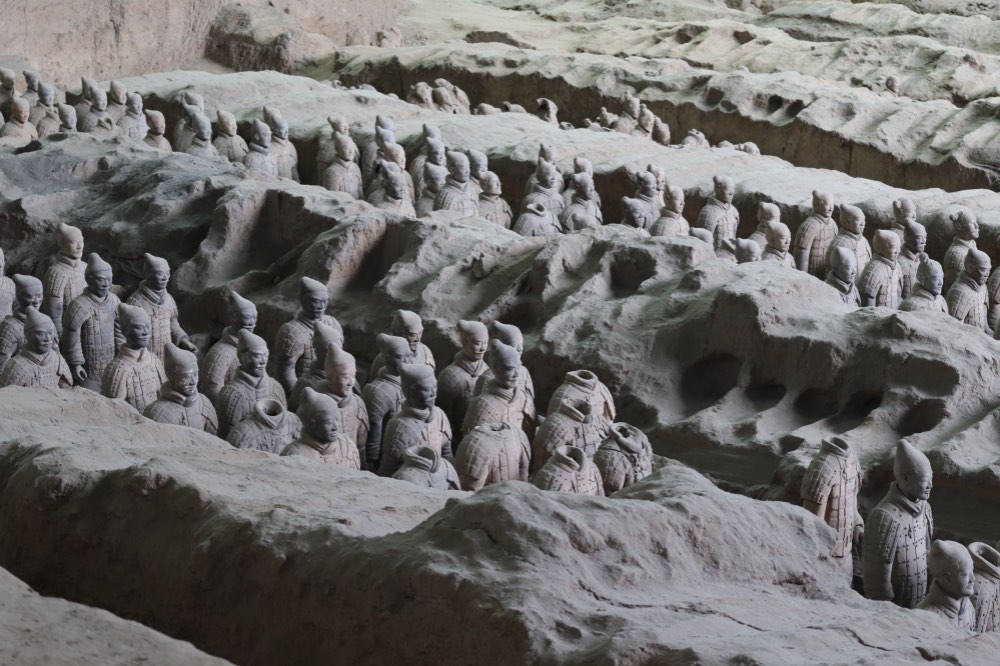
Apparently, as well as having specific uniform and hairstyles to match their ranks, they also have unique faces- starting from 10 base forms and then developed further to for individuality.

Further along the pit, you can also see where historians are meticulously restoring the figurines- trying to create wholes out of shards:
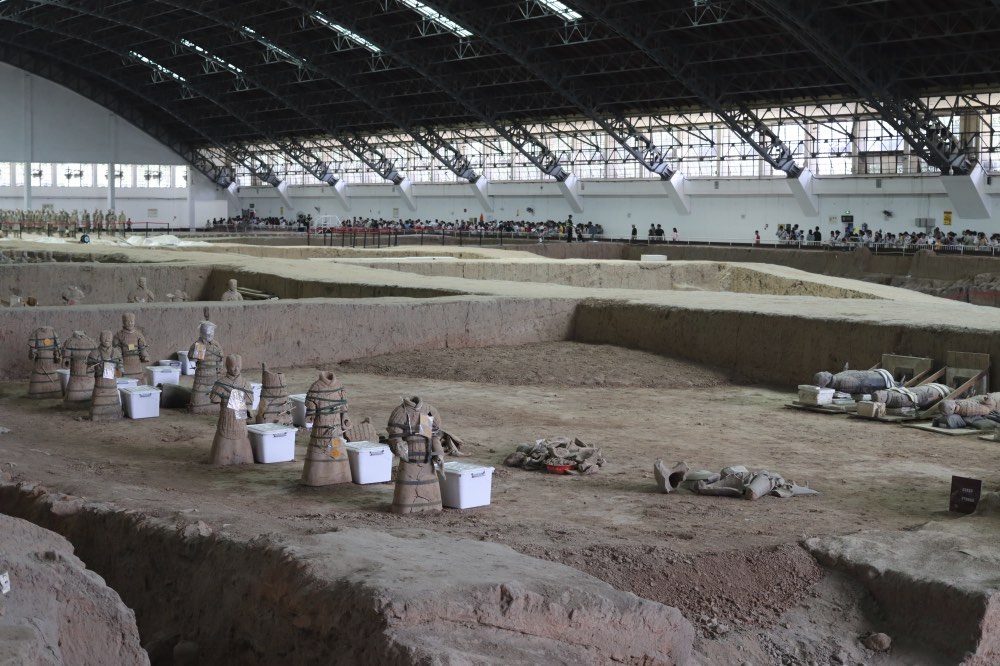
The figures were originally housed in halls/rooms, but the roof collapsed damaging many. Exposure to the air also led to the loss of their coloured pigments, so in one of the pits, more soldiers are deliberately being kept buried, with the hope that future skills would allow them to be excavated in a less damaging way.
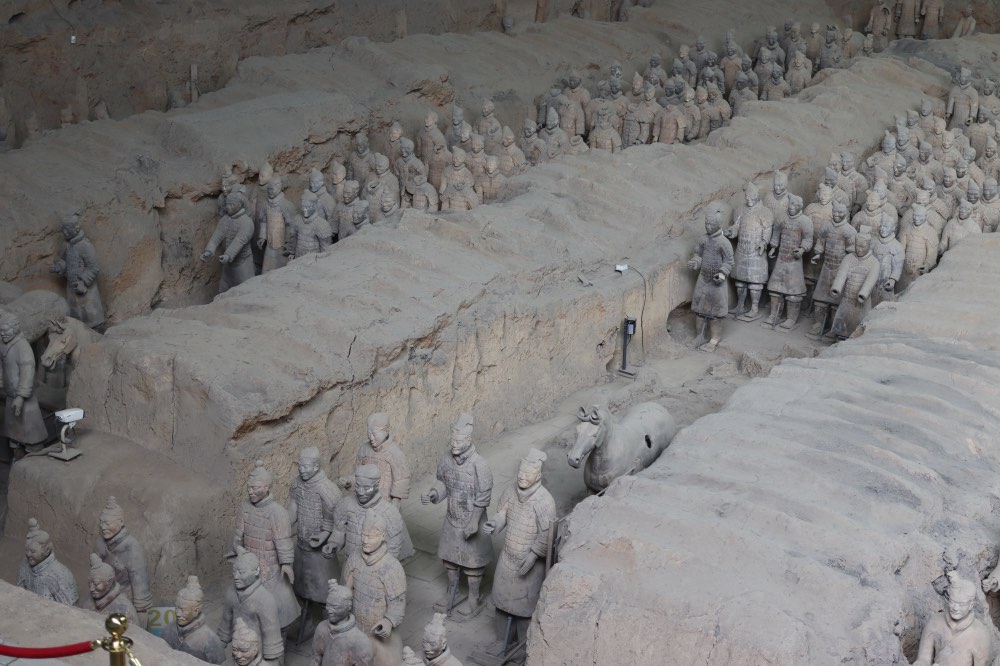
While the first pit is the main show, there are two other pits; one that shows high ranking officers, and one with war chariots and cavalry:
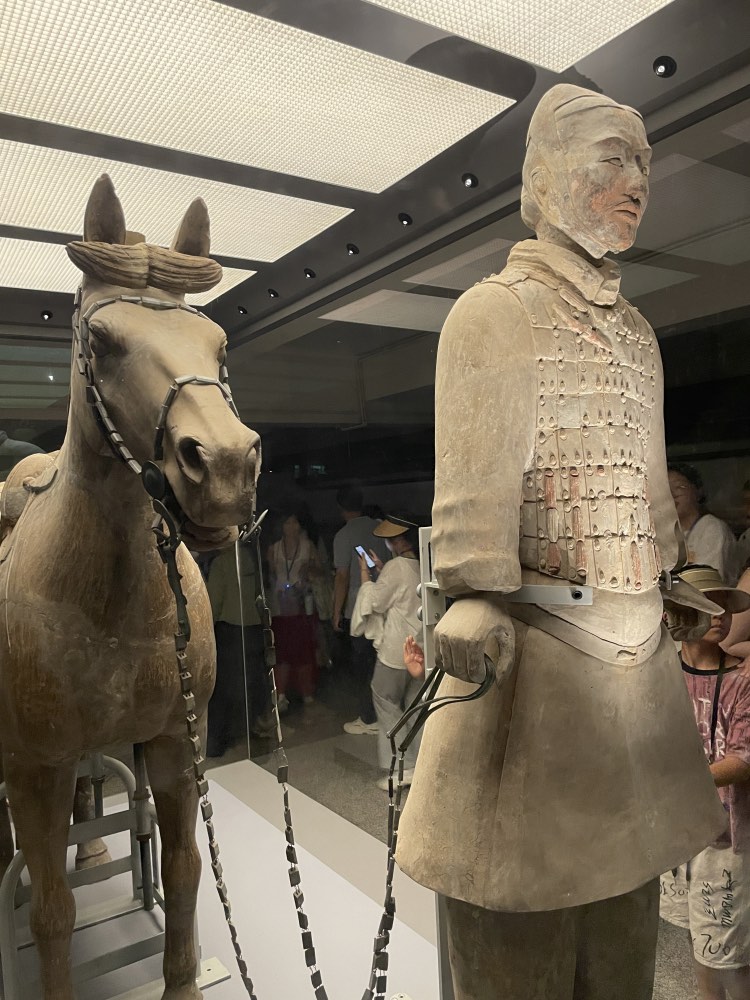

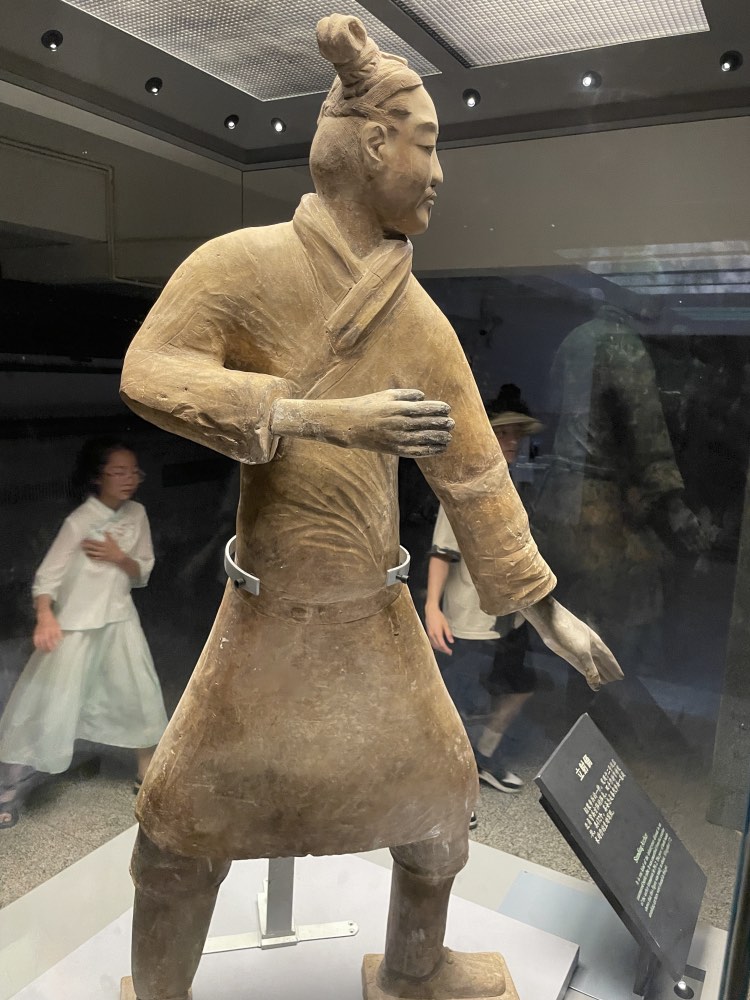

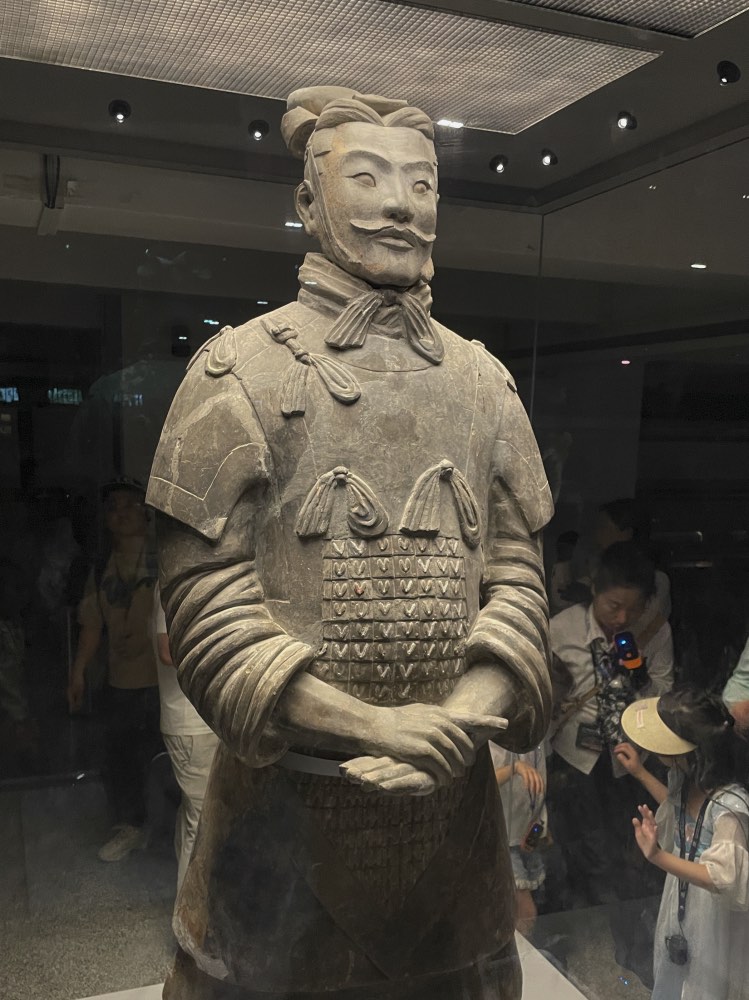
^It turns out that man is actually a bowman. As opposed to someone posing for some martial arts.
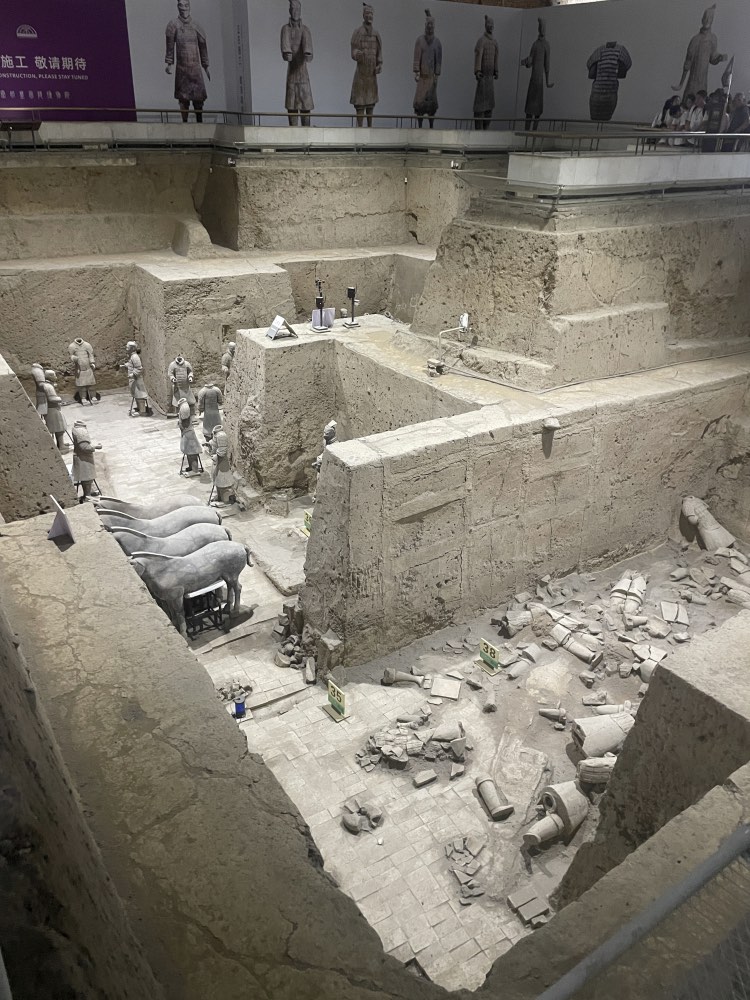
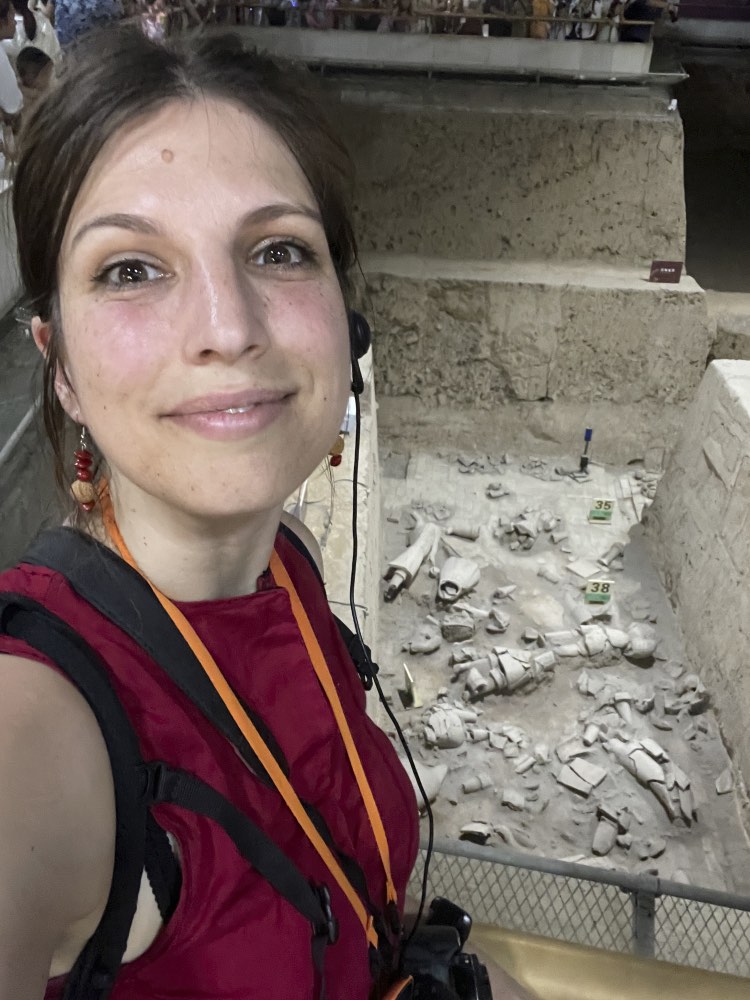
We spent a bit of time looking around, and the made a stop for some lunch.
The food stop was a bit suspicious- as food stops on tours often are- with our guide dropping us off in a restaurant and then heading off to eat something else. Looking at the menu, it was clear that most of the items were slightly priced up, and very westernised.
The family I was touring with took some sort of sweet and sour pork, which came out with fairy sprinkle on top of it.
I managed to find something nice on the menu- the special Xi’an Hamburger aka Rou Jia Mo, which was my first try of one and absolutely delicious.
Think flakey roti-like bread with moist stewed pork inside.

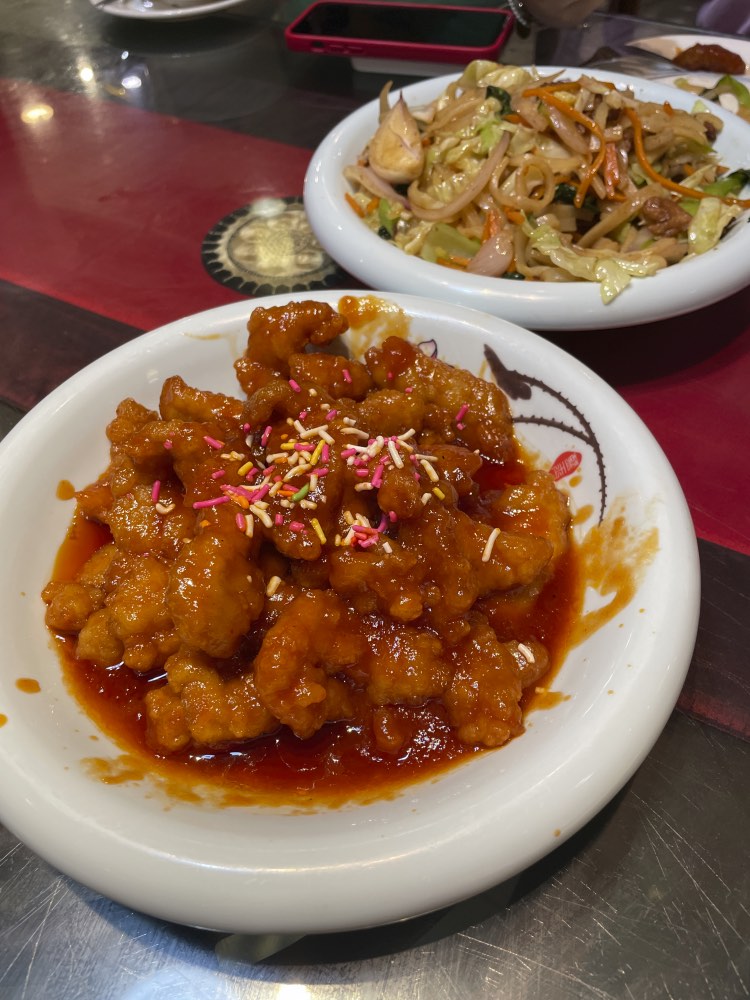

There was also a mango shaped mango icecream treat. Because it was hot, and I deserved it.
After eating, we had to drive back to the city. We were running pretty late by that point (largely I think because of the shopping), so the guide encouraged the family to rest up at their hotel and then took me to the Giant Wild Goose Pagoda.
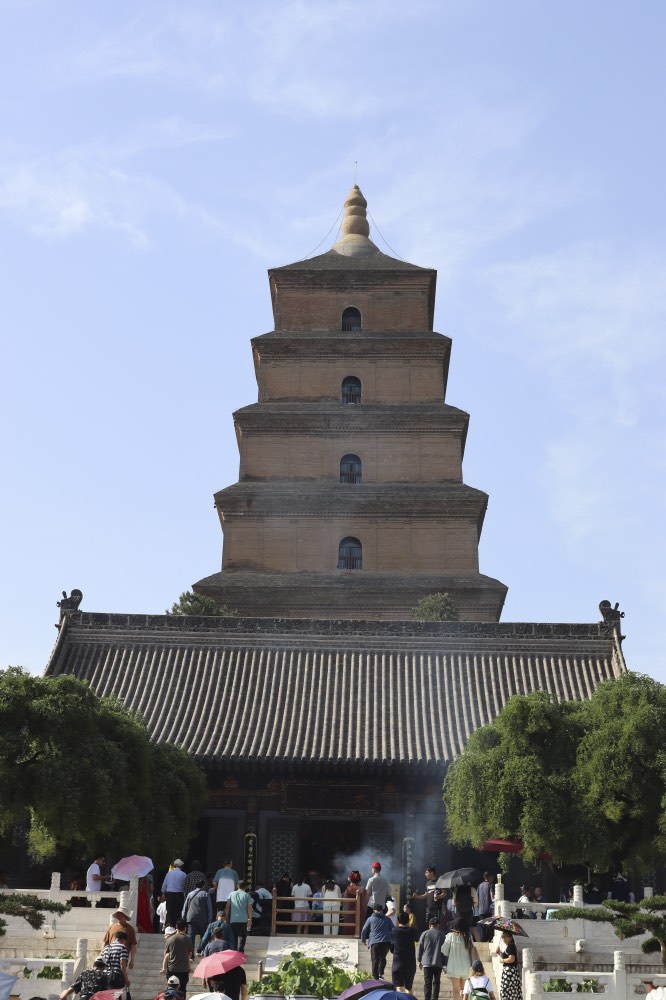
It was a bit hot, and we were kind of exhausted by then, as well as rushed (we only just made it in the gates on time), but it was quite beautiful to see.
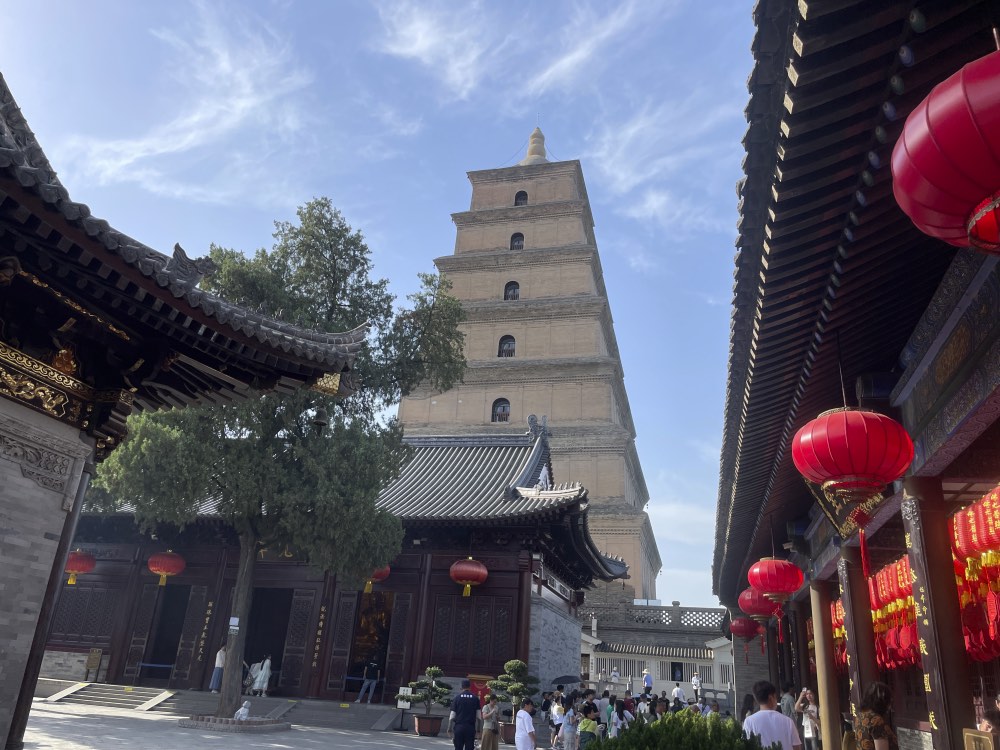
The Giant Wild Goose Pagoda is a Buddhist structure from about 652 AD, which originally held Budhist figures brought from India by Chinese monk, scholar, traveller and translator, Xuanzang
Despite being still-quite-Giant, the Pagoda is less giant-than-it-once-was. An earthquake in 1556 reduced its height by three stories.
It does have a really big bell and drum though:
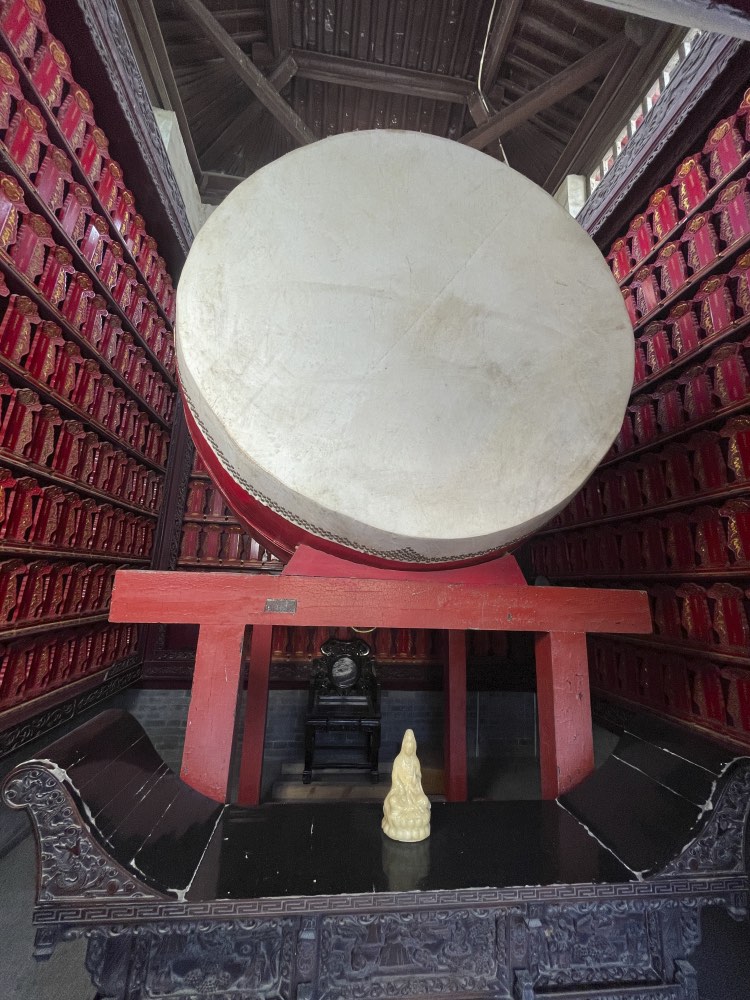
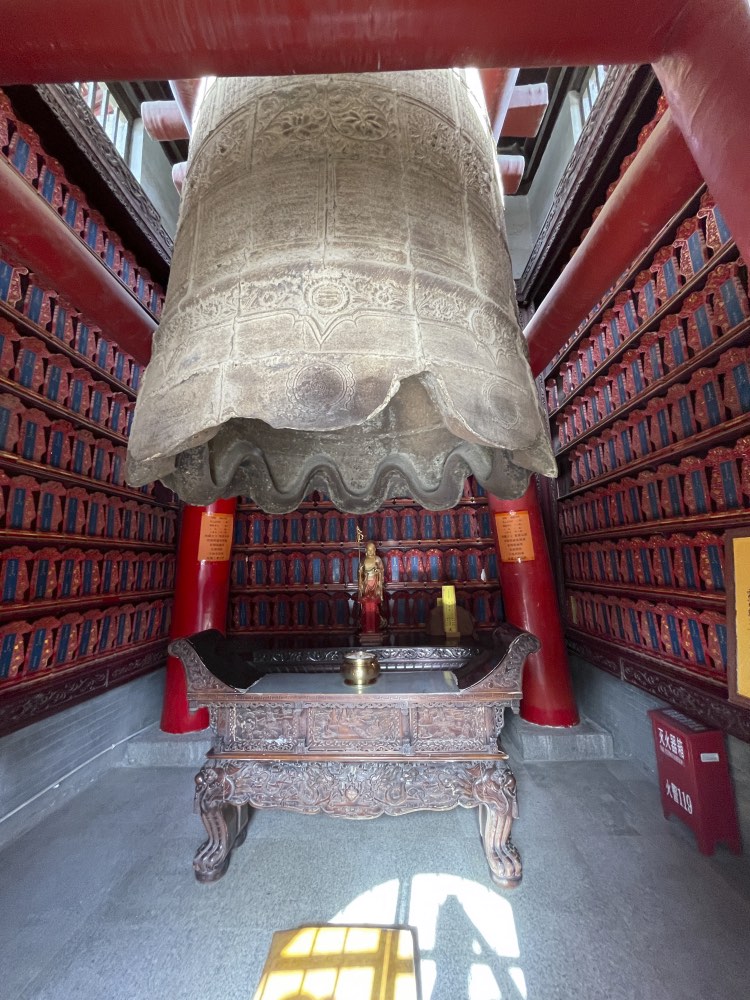

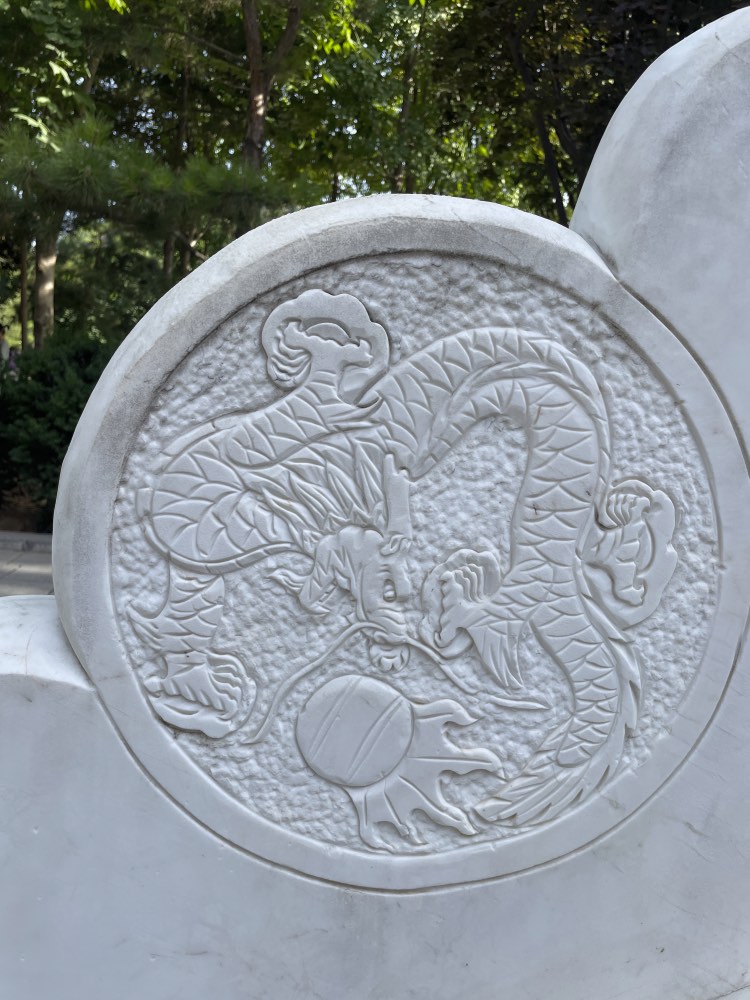
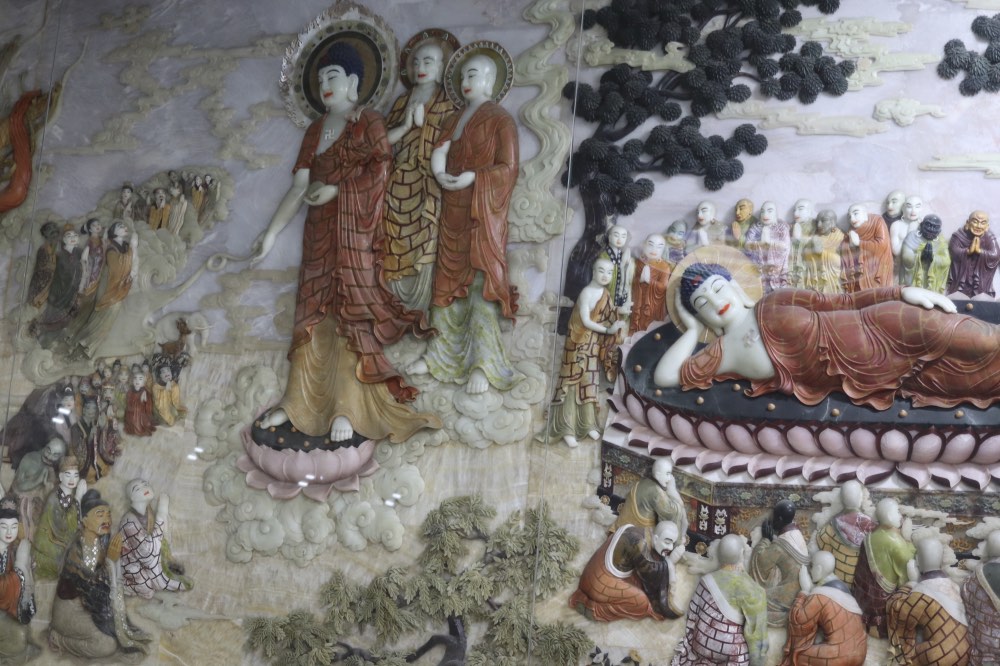
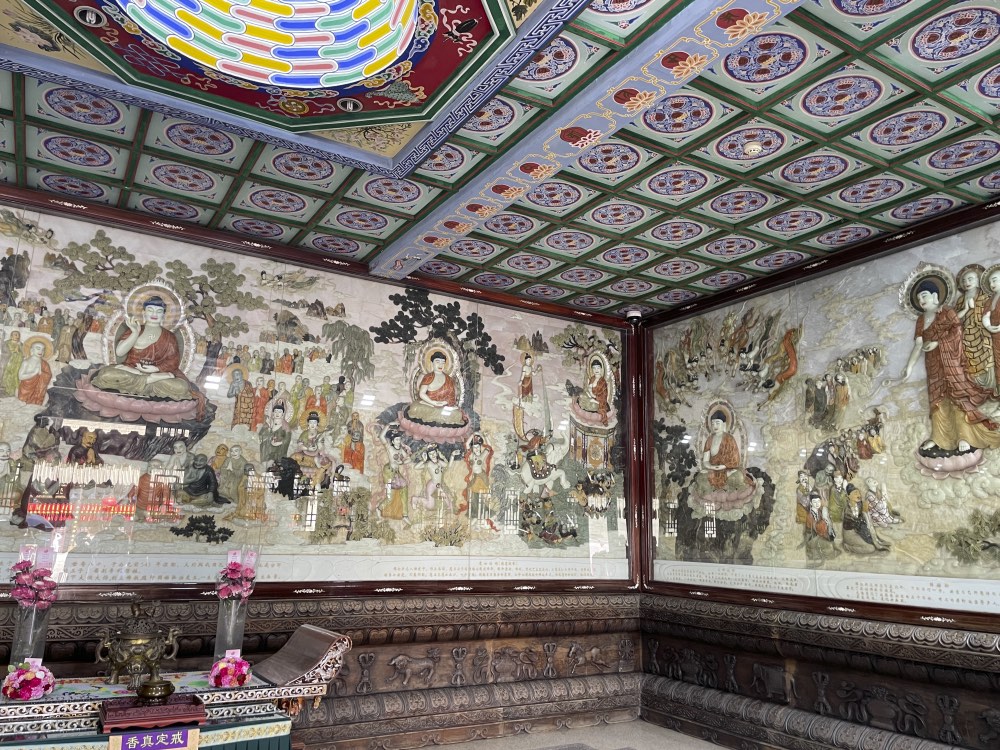
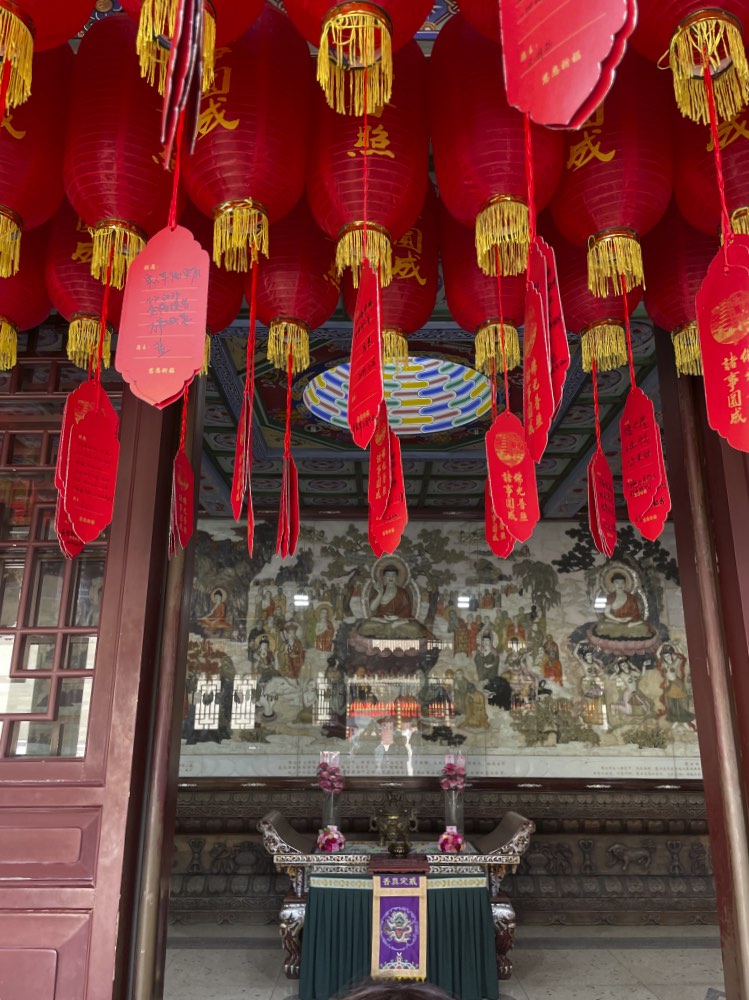
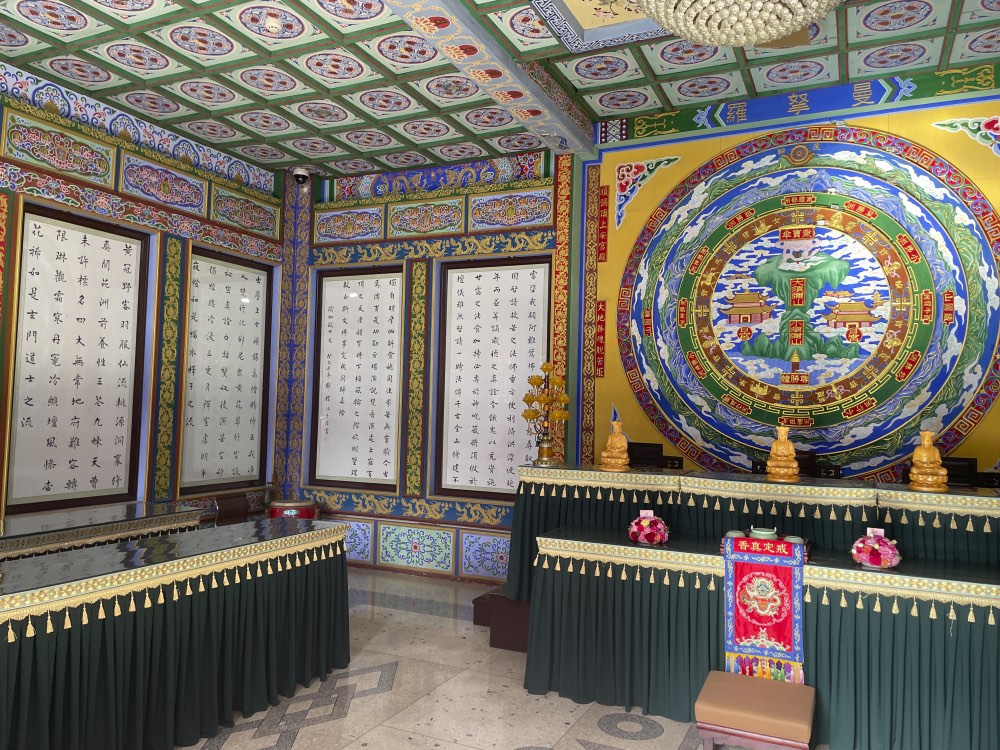
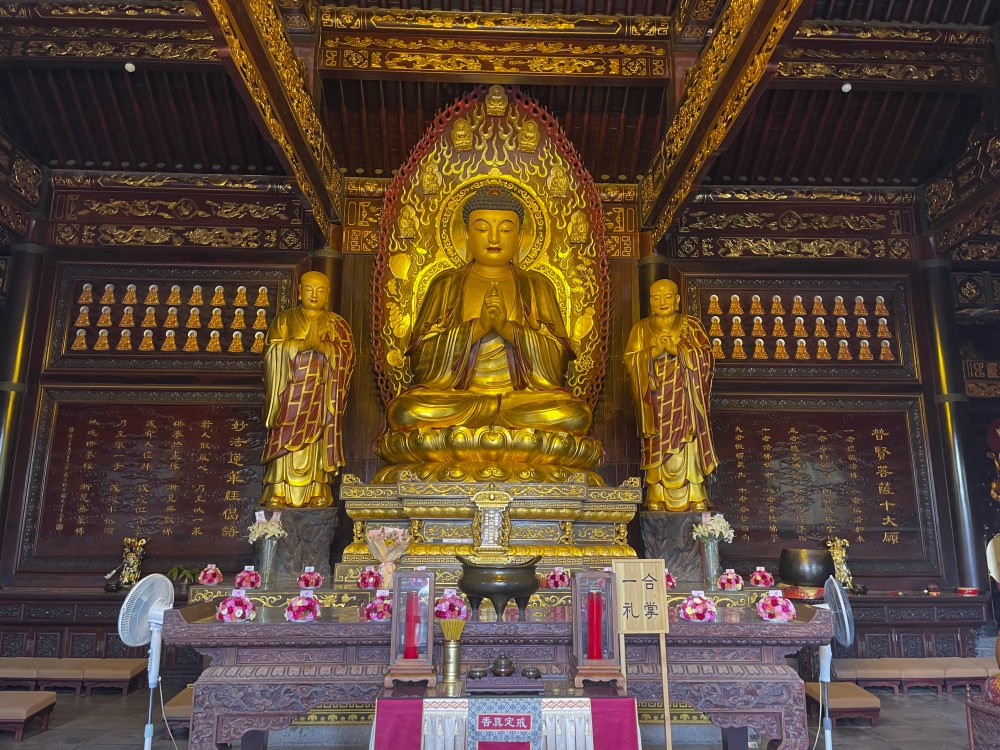
The name of the Pagoda comes from a legend, when meat-eating monks were complaining about not being able to find any meat to buy or eat. At that time, a flock of geese flew over the group, and the lead goose fell to the ground. The monks interpreted this as a sign from Buddha to be more pious, and built the Pagoda on the spot the goose fell and was eventually burried.
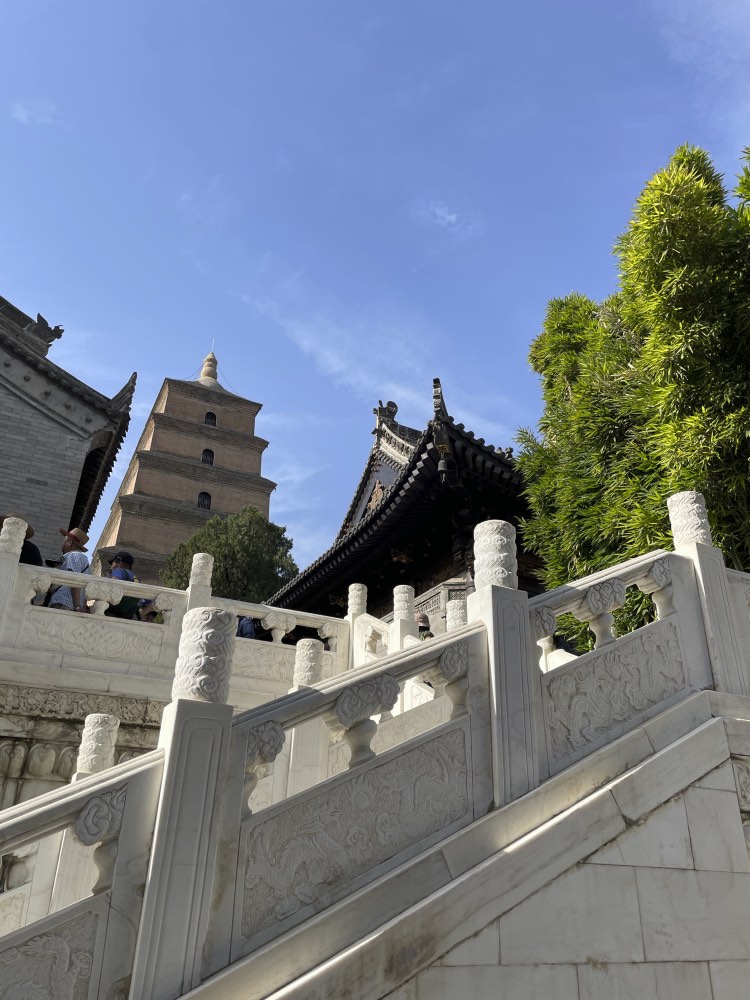

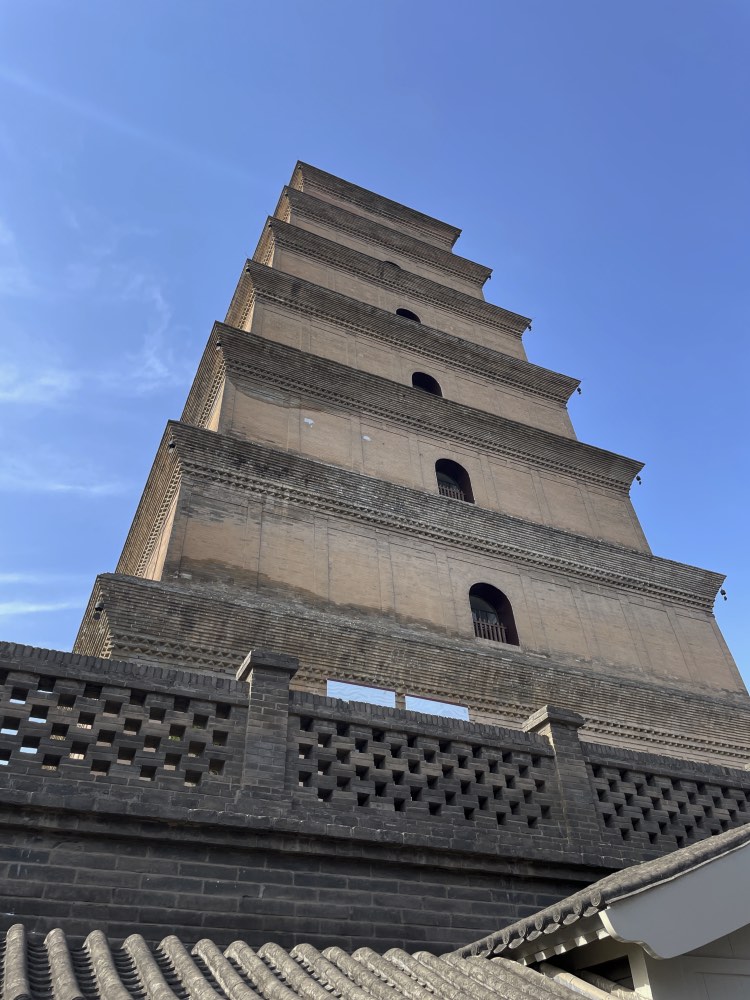
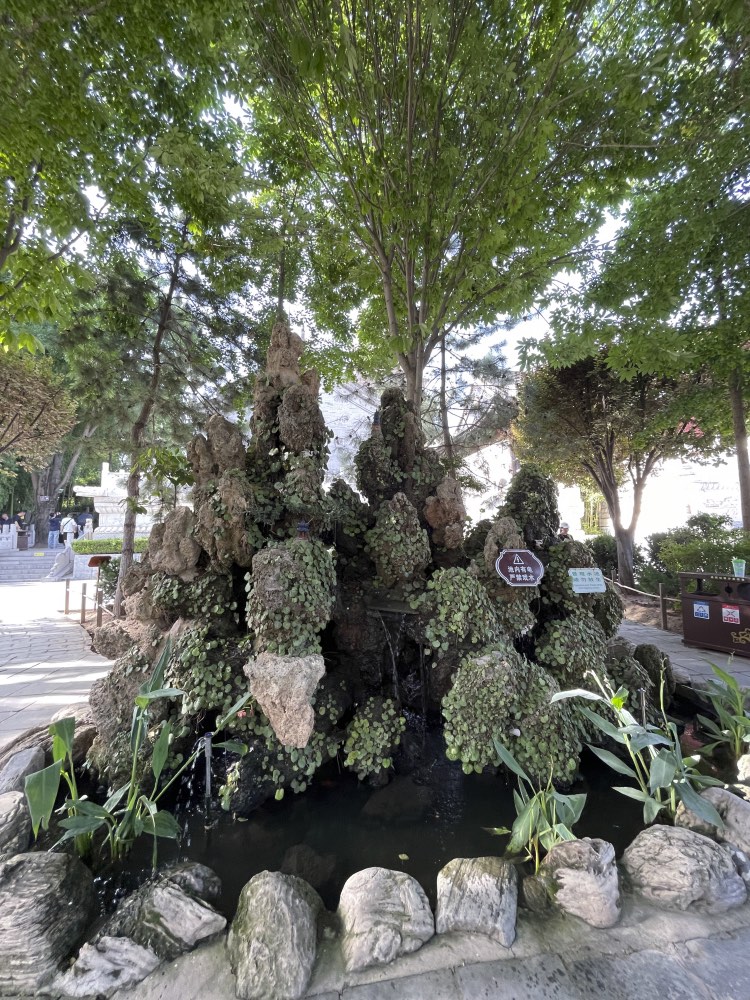
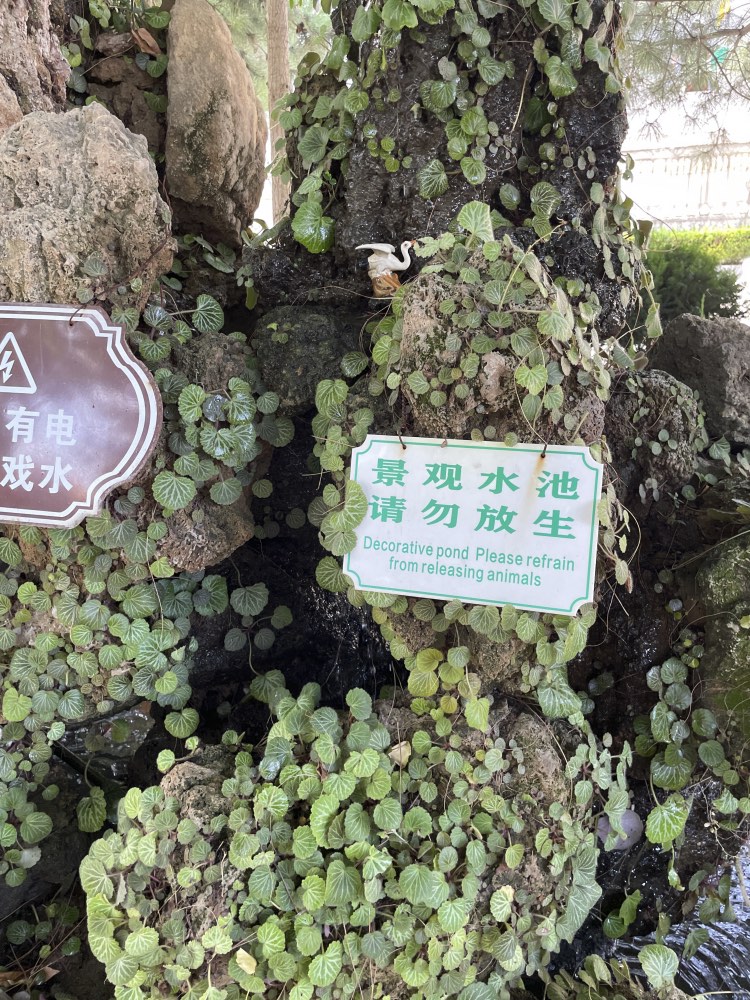
^I really liked that this sign urges people not to release animals into the pond.
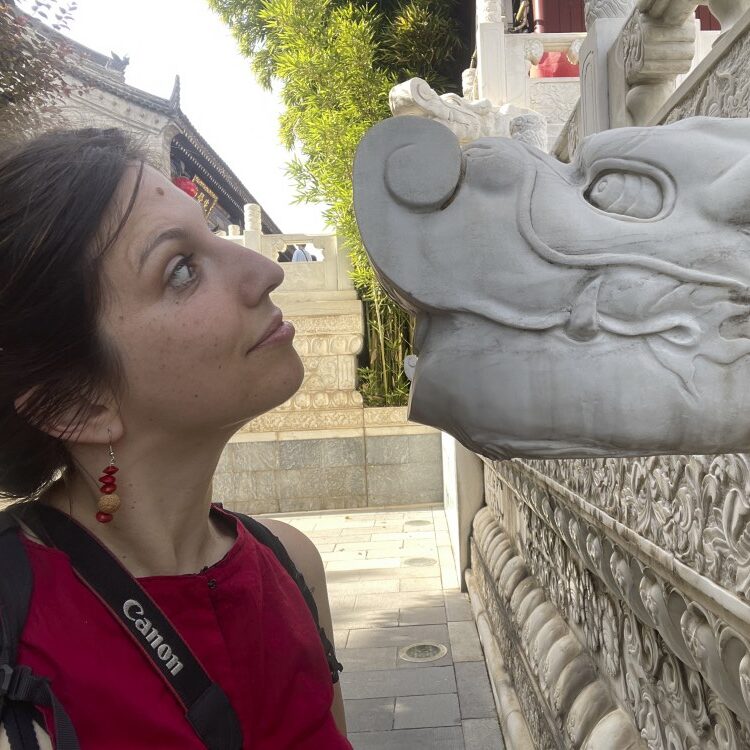
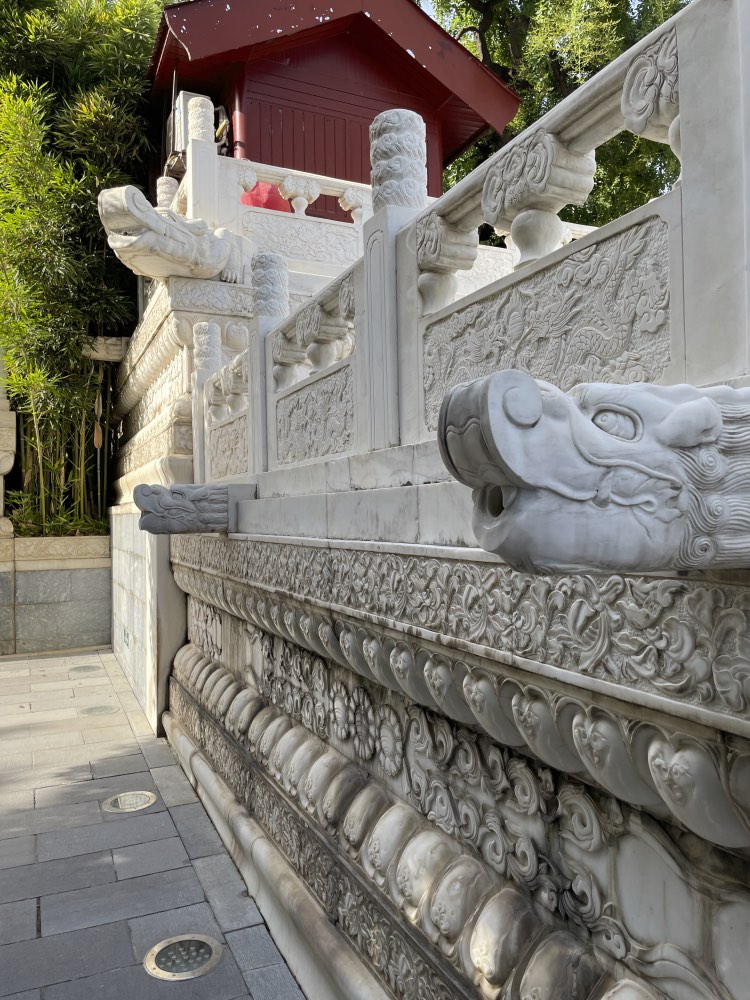


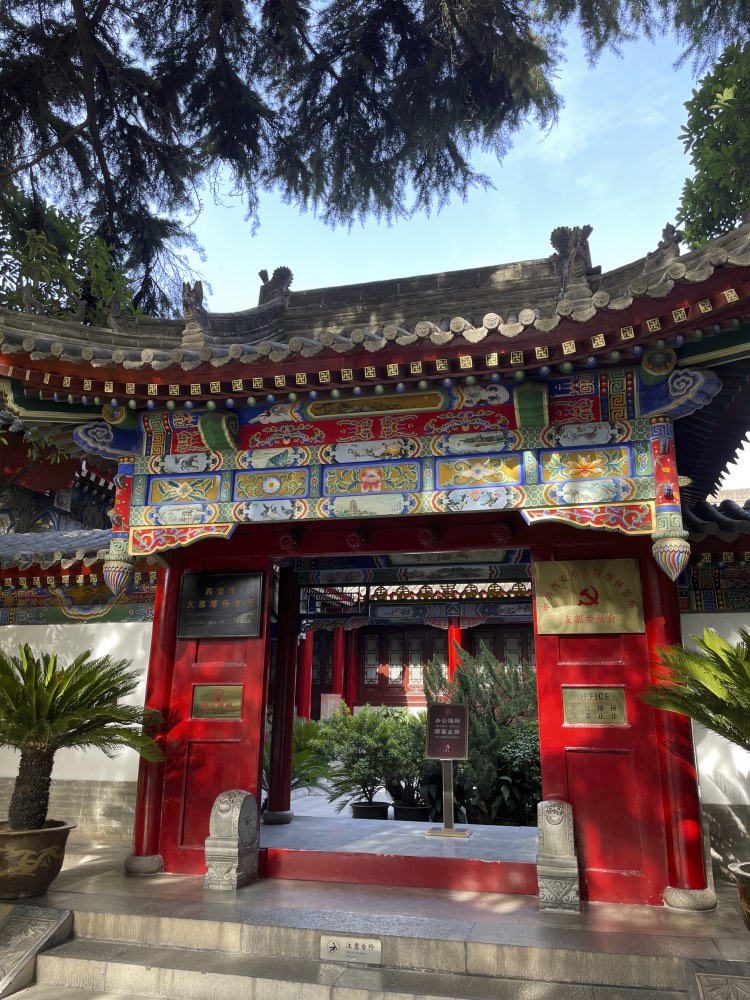
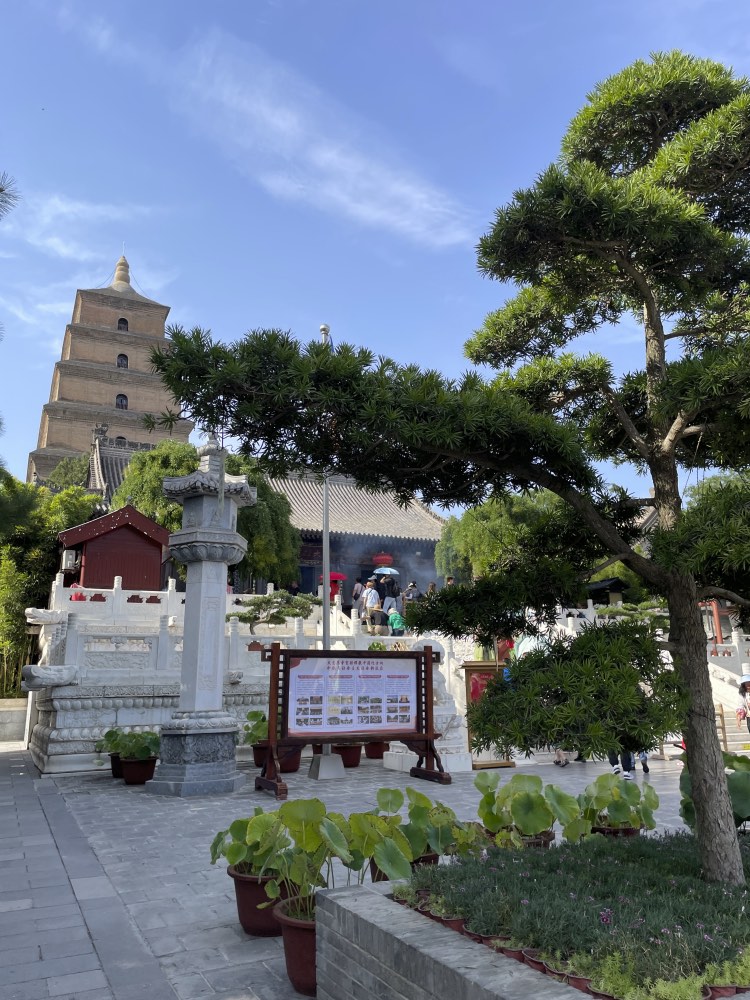

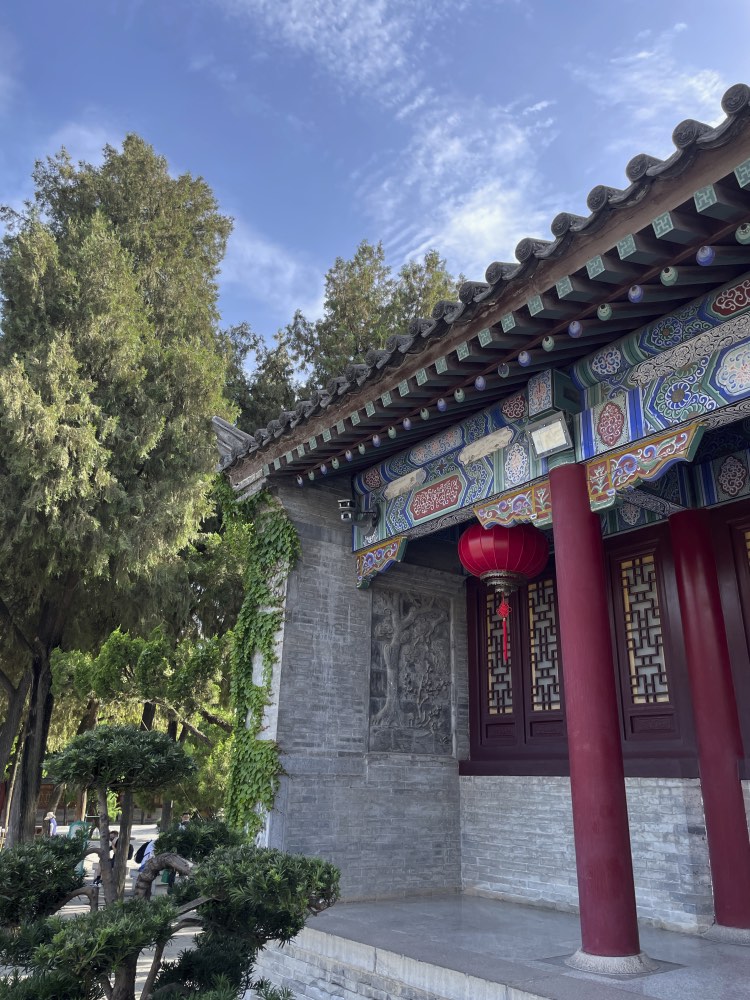
We could have probably spent a bit more time at the Pagoda, but it was a loooonng day already, and we still had one more stop:
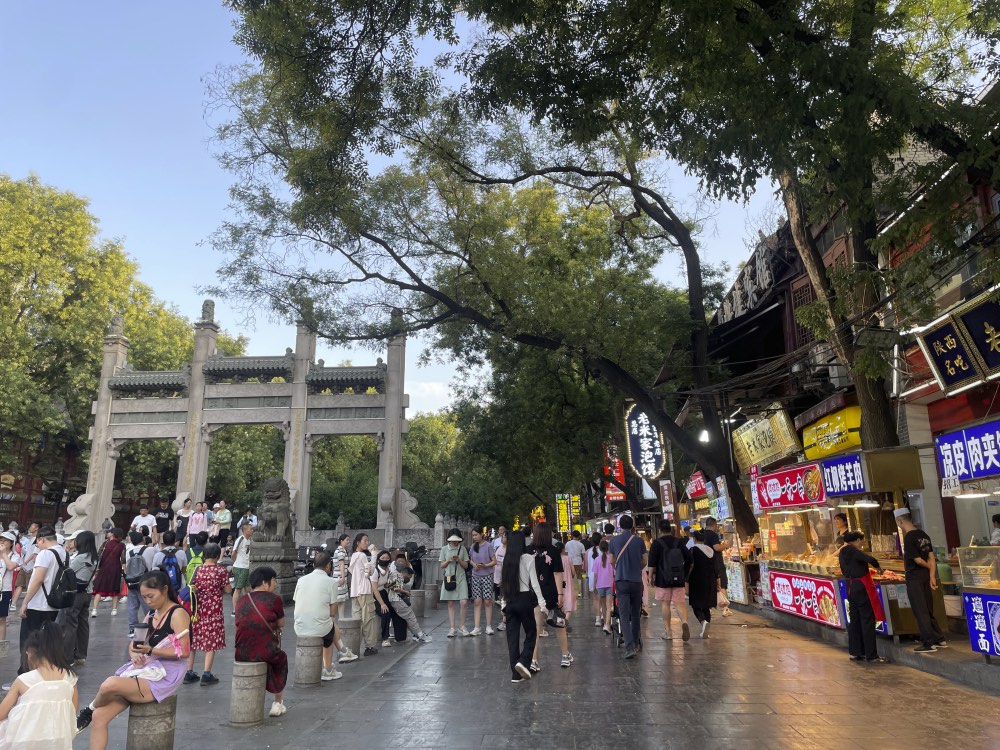
The Muslim Bazaar.
Which was amazing. I spent some time looking at all the delightful things (yes, that’s a chili grinding mill, yes, they are also collecting pearls, no, I have no idea what the polished walnuts are about).
I managed to find two pie things, one square shaped and one rounder. Both delicious.
I decided not to eat the thing that looked like a testicle.

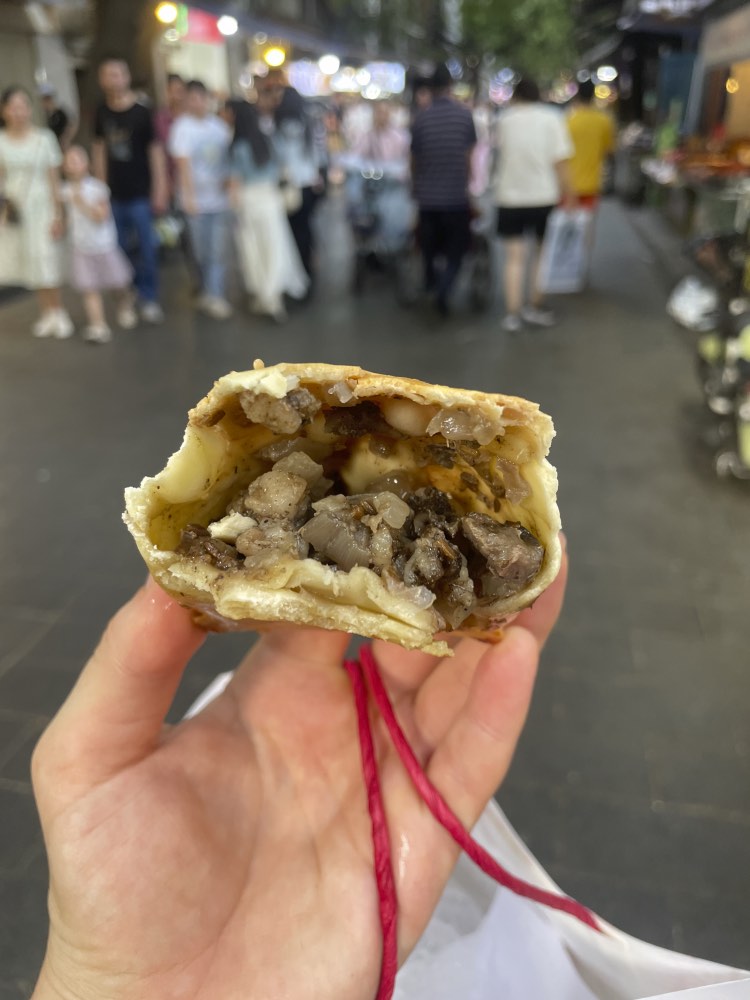
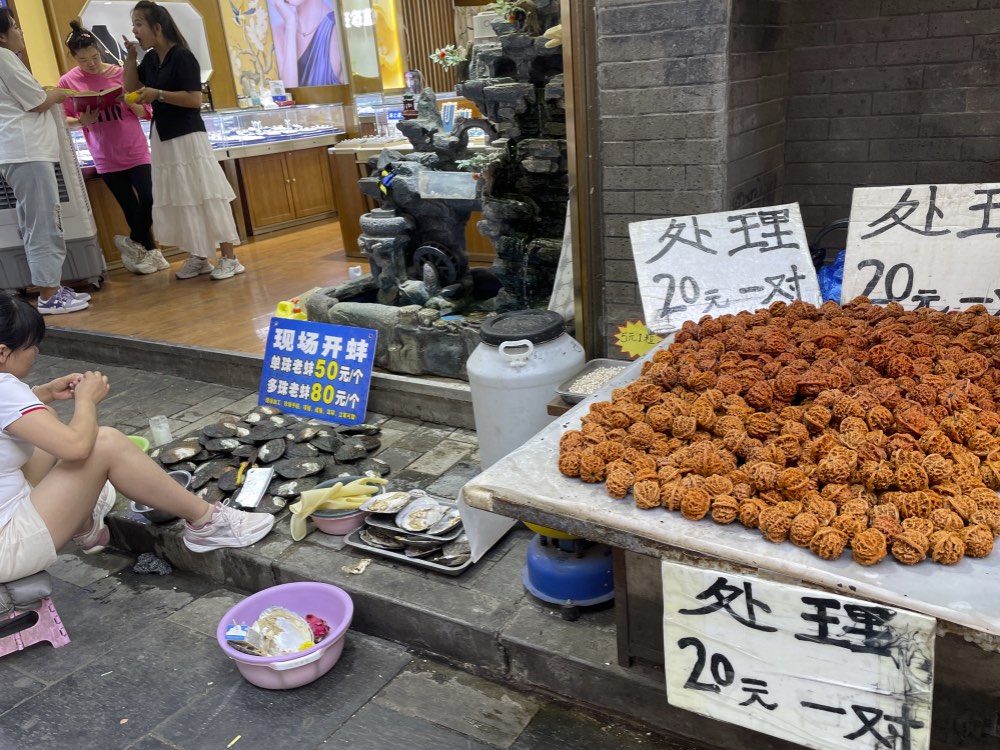
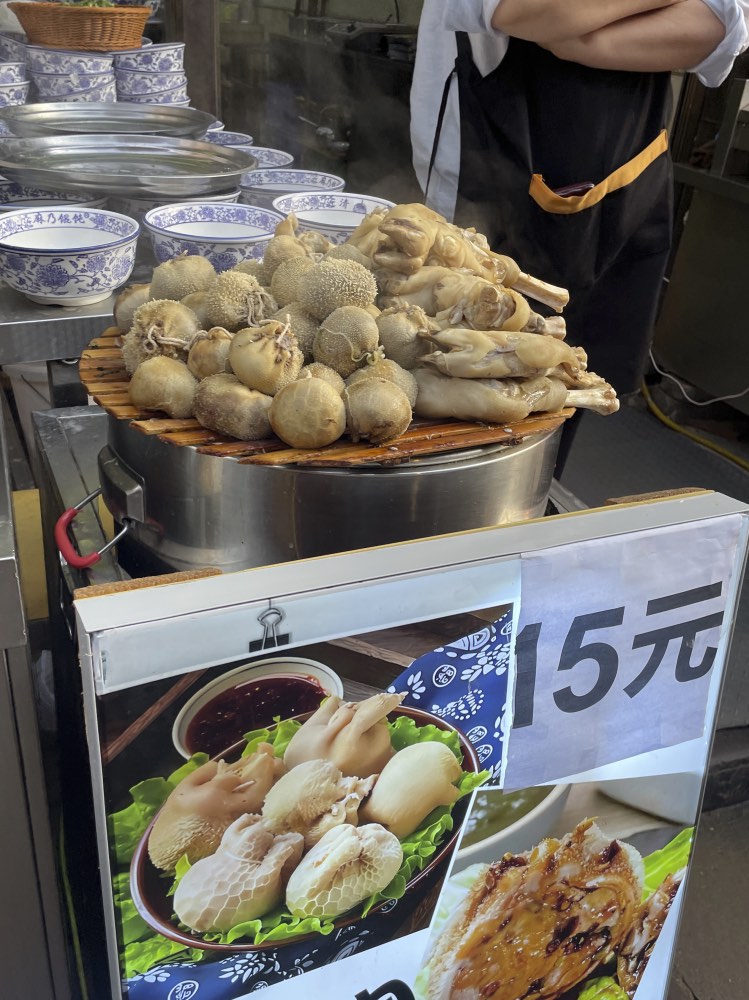


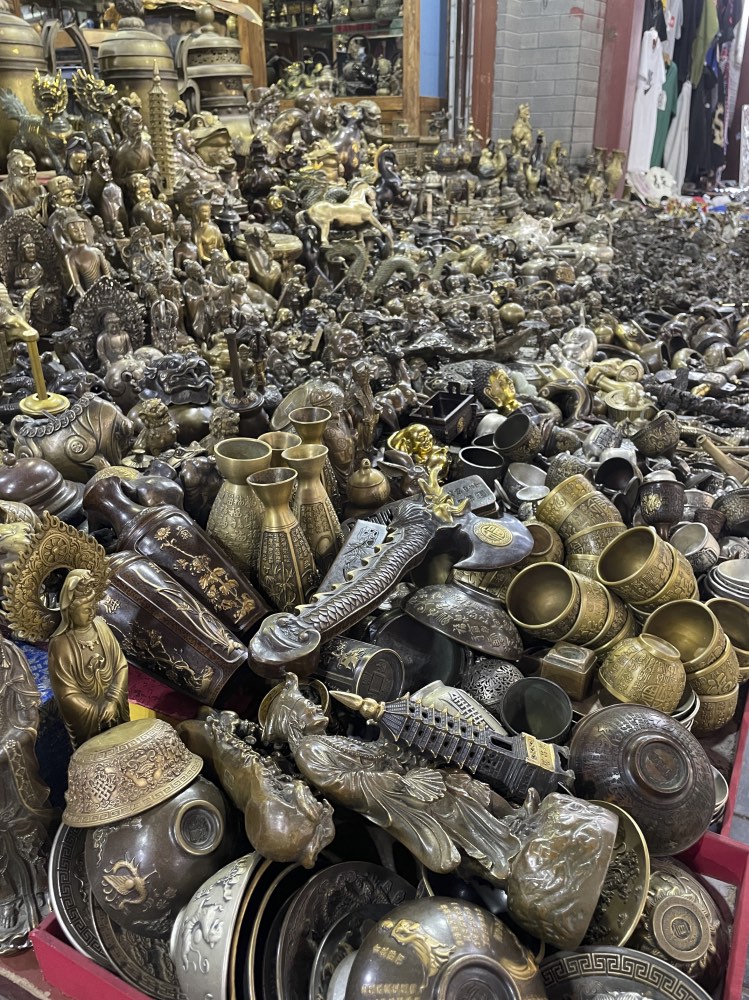
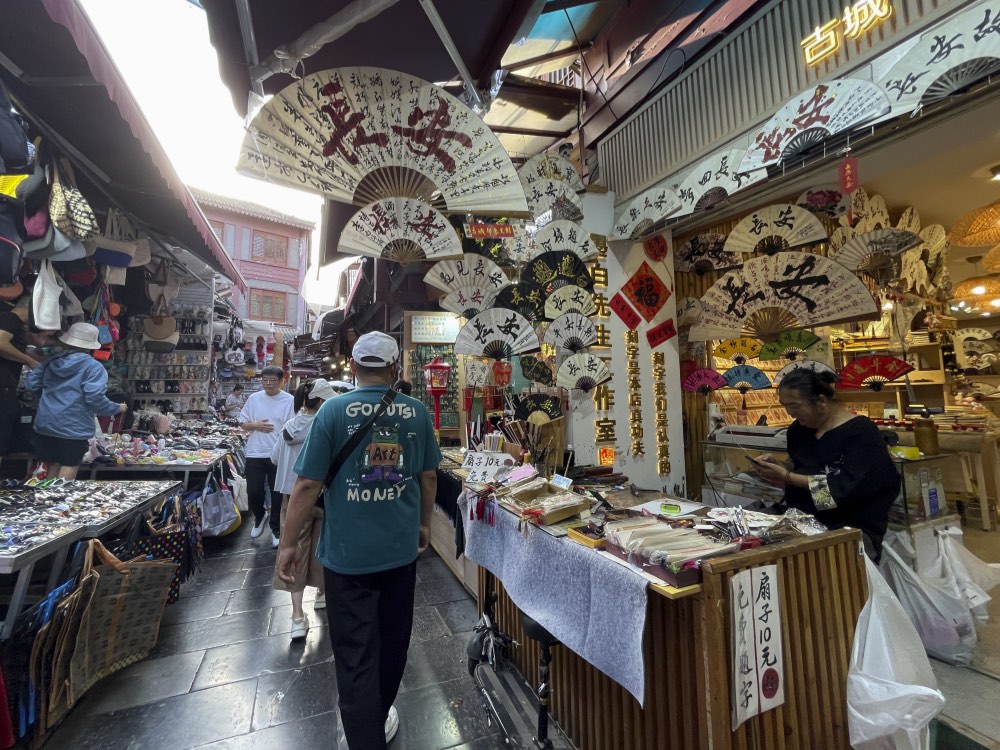
I also bought some beautiful little mochi-like things, which I mostly tried the next day and which turned out to be quite salty inside (I had used the ‘point and smile’ method rather than bothering to translate).
Oooh and I think it was in Xi’an market that I also bought a very cute little cat mat for our kitchen, and some little lion shoes for my niece.
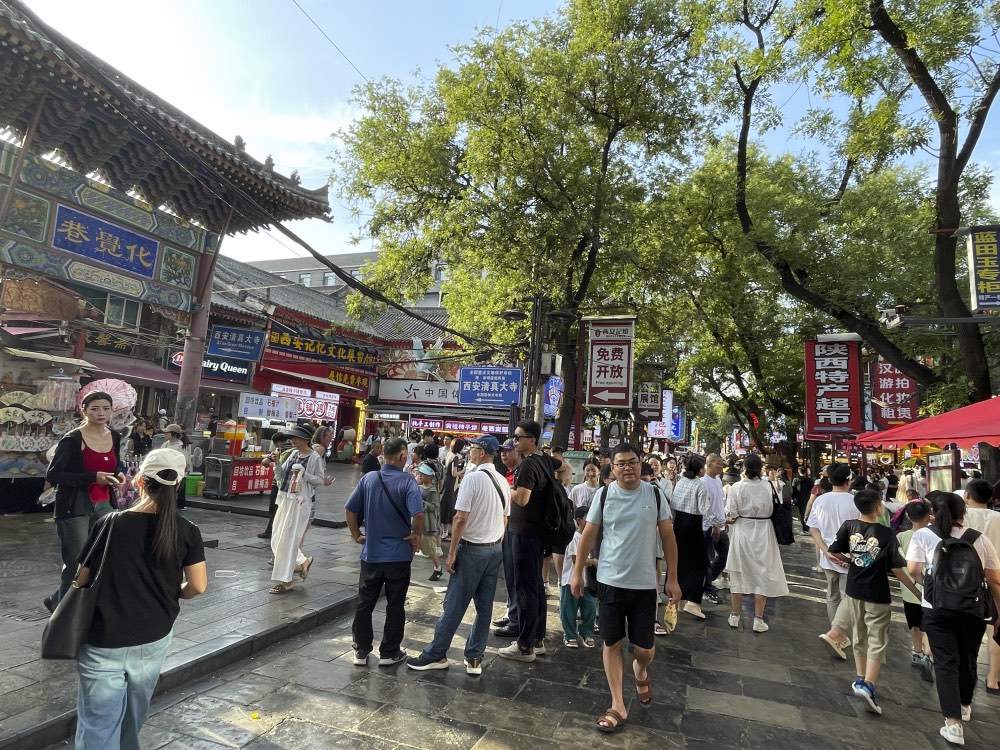
The bazaar was incredible, and I would have spent hours and hours there and eaten many more things. Unfortunately, by the time I arrived I already had a splitting headache, which no amount of pills and water was shifting.
I held out as long as I could, but at a certain point things shifted into ‘light aversion’ territory, so I got my butt in a cab and zoomed back to the hotel to rest.
The next day, I had a train back to Shanghai at 3:30 pm, and honestly considered spending the morning back in the market.
In the end though, I was just really really tired- I’d been on the go for days with early starts, late ends, lots of travel and a lot of public interaction.
So used my AliPay Skills to order myself a Luckin’ Coffee, and spent the day in the hotel, catching up on some work.
In getting the train from the station, I learnt a valuable new lesson from China: always show your taxi driver the printout showing where you want to go.
At one point my driver definitely tried to ask me for some more details, but I couldn’t help. It turned out that the station only allows entrance through certain gates, depending on which ticket you had. I found that out after walking around the entire station lugging my bags in 100% humidity.
At the station I spent way too long looking for some water, and then sat down to order myself some pre-train food. I got myself another Ro jia mo, and some famous Biangbiang noodles.
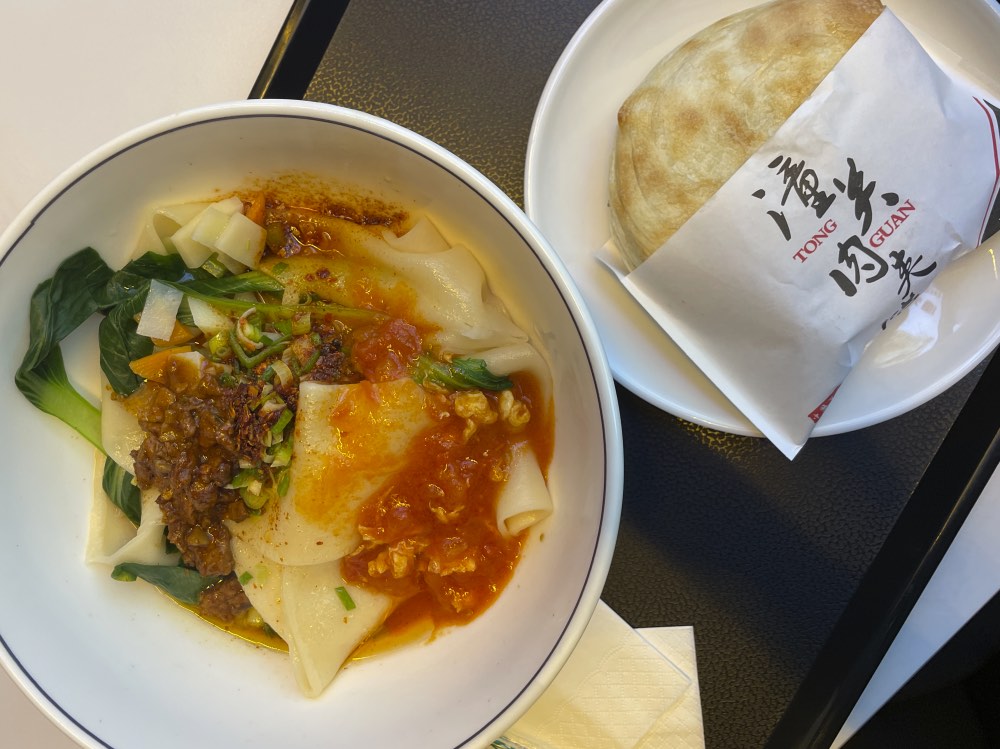
BUT! The food took a bit longer to be delivered, and I ended up not believing I would successfully transfer the food into my stomach before it was time to go.
Which, my friends, is why we always bring a tupperware.
My hot noodle box and I rushed for the train, and spent about 6 hours hurtling towards Shanghai.
In a short time I was nestled into my tiny cabin:
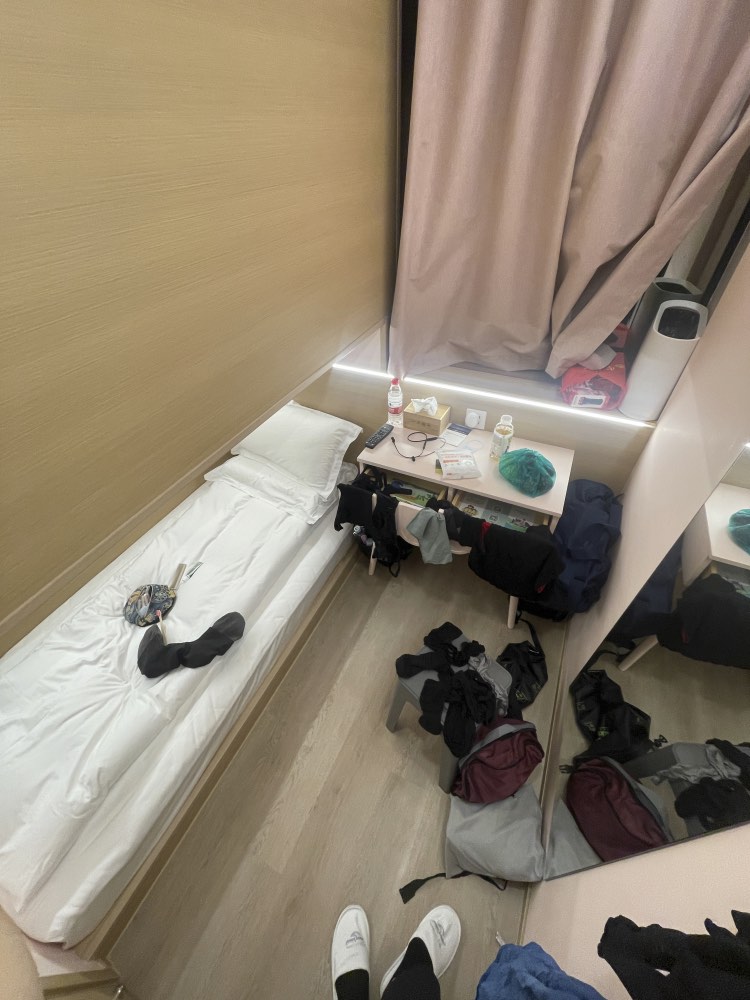

Small but functional- and very cheap. I managed to stay for eight nights for only about 500 AUD (268 pounds). Which was important to me, because my work wasn’t paying for all of the nights.
It was also super central, and within walking distance from my friend’s hotel, and the office. Which made Shanghai times extra fun.
But more on that next time.
For now, that’s it from Xi’an!

29th Jun 2024
